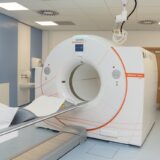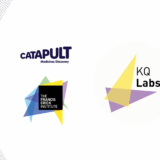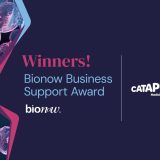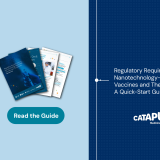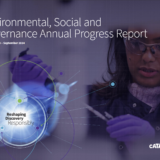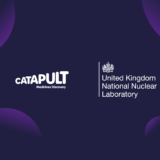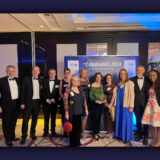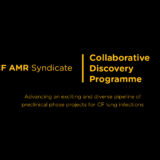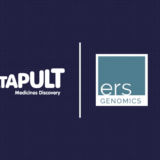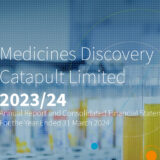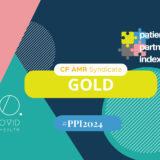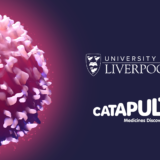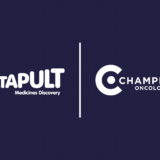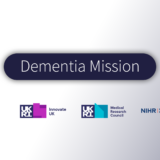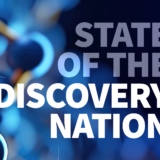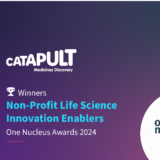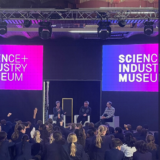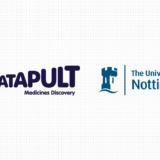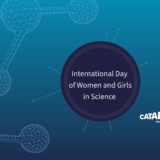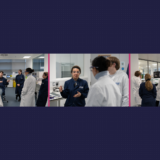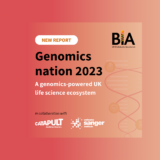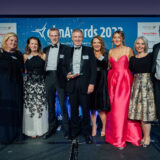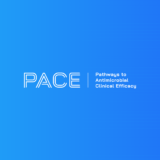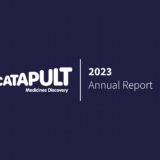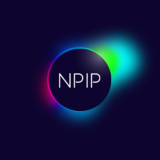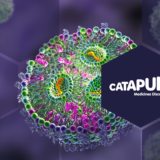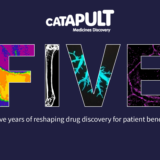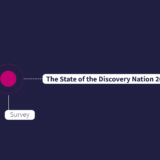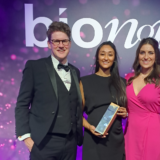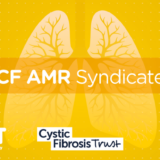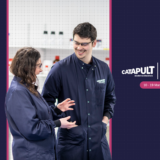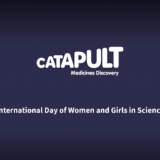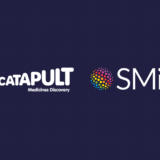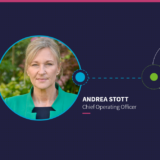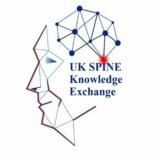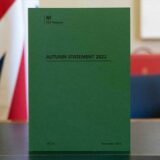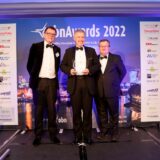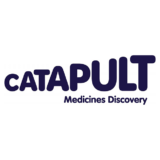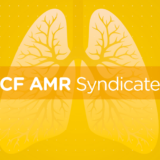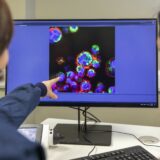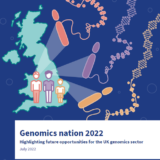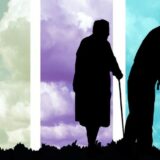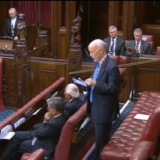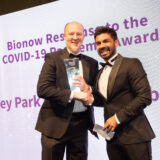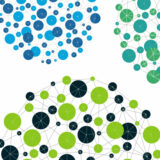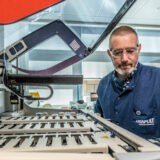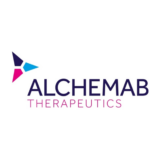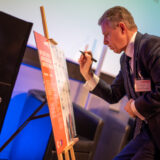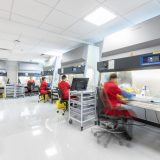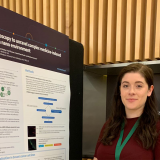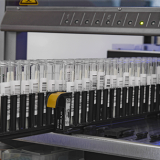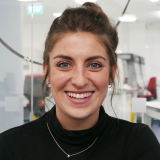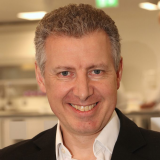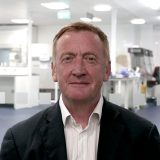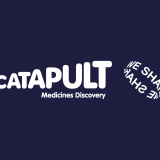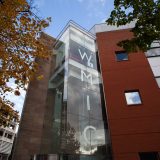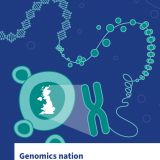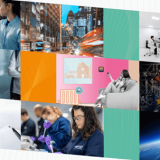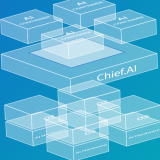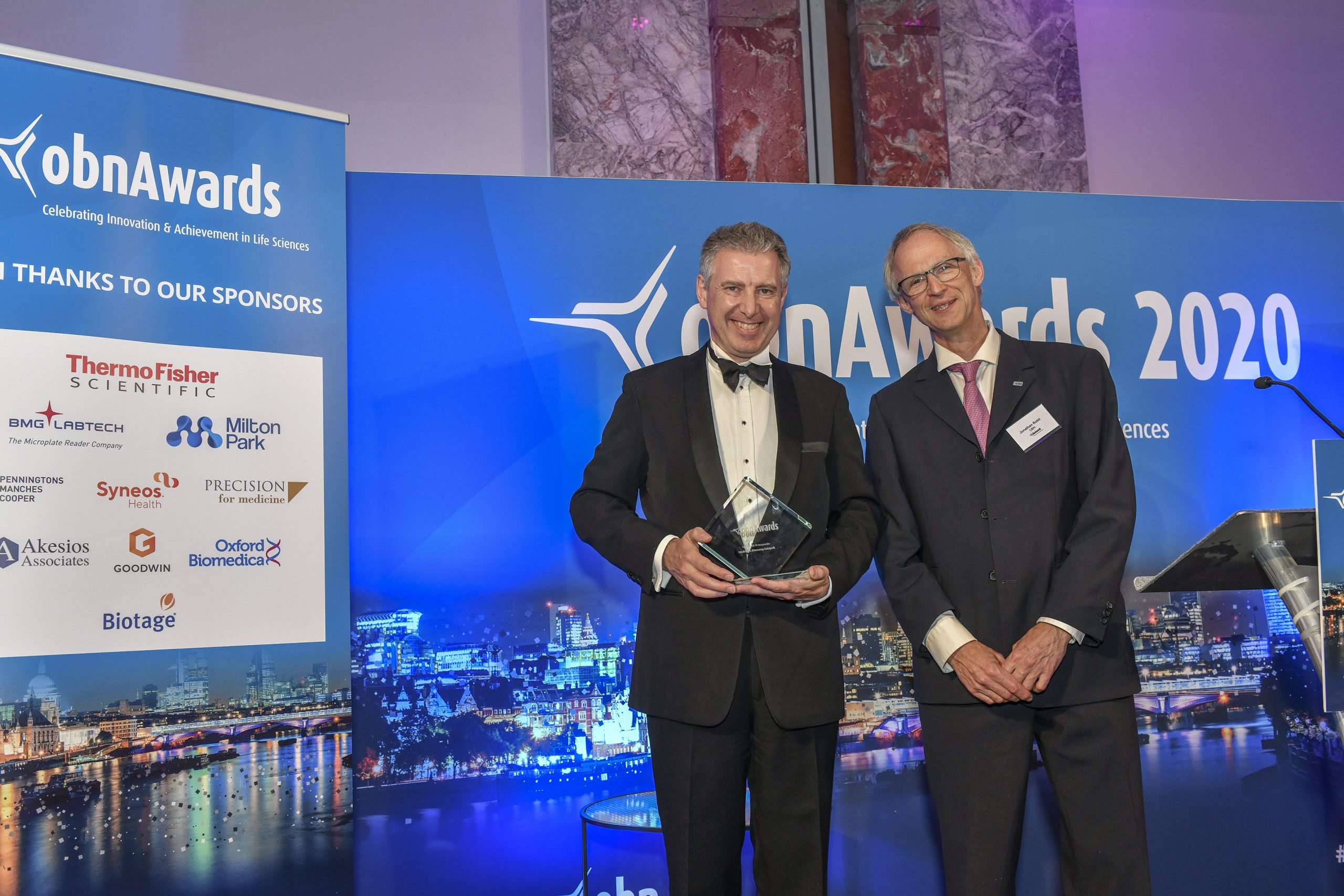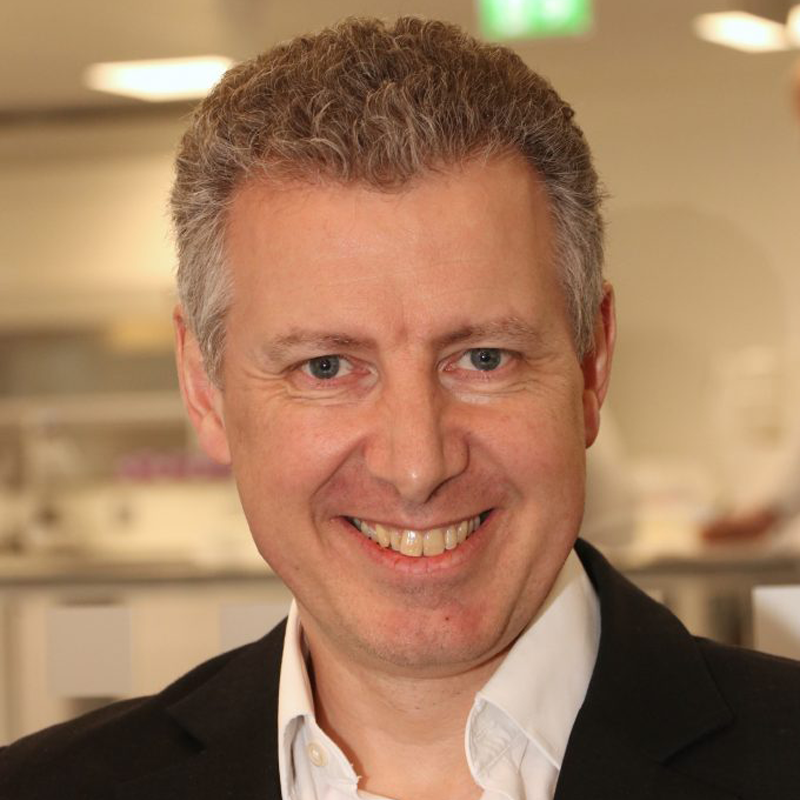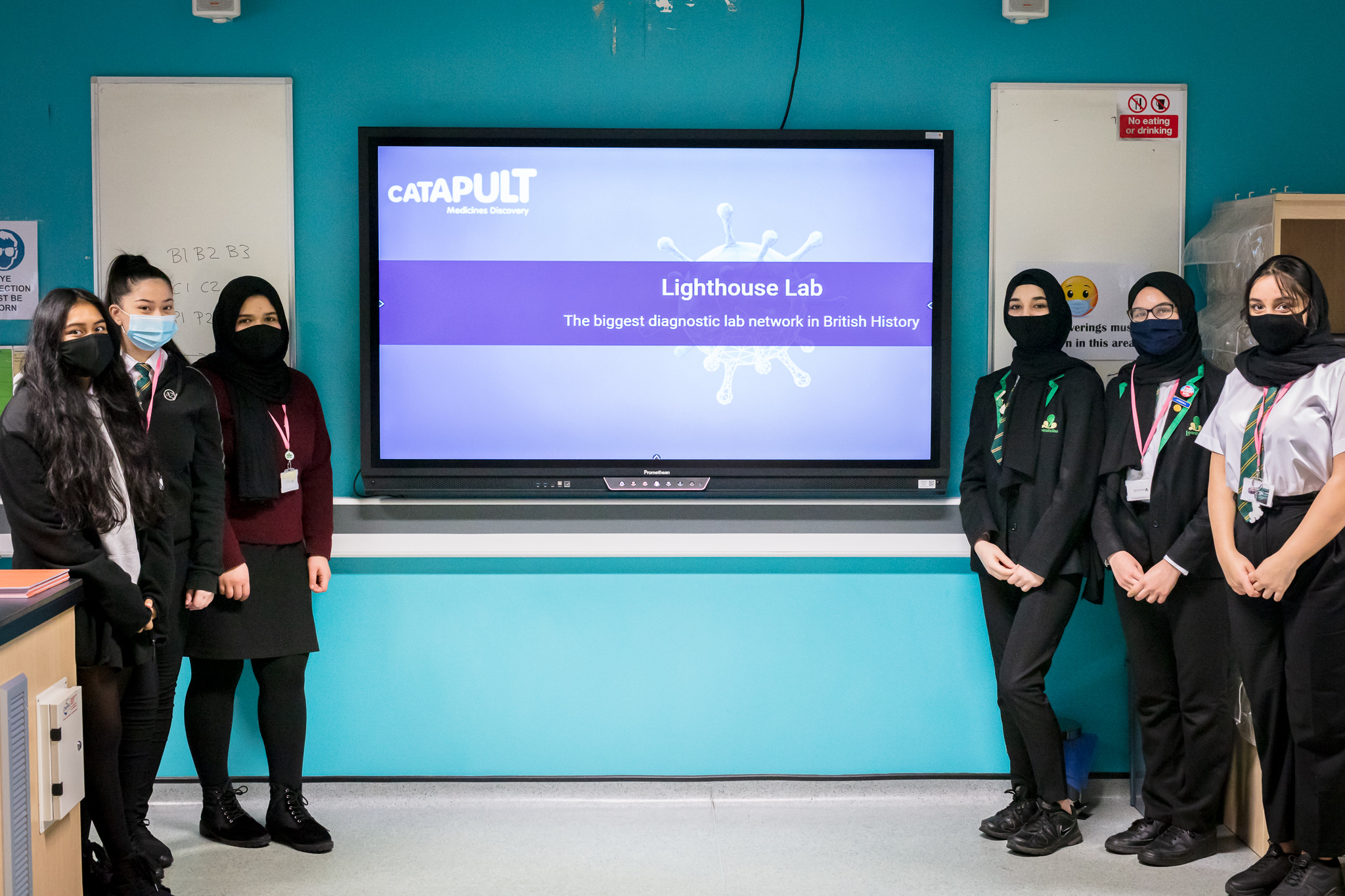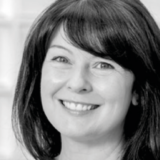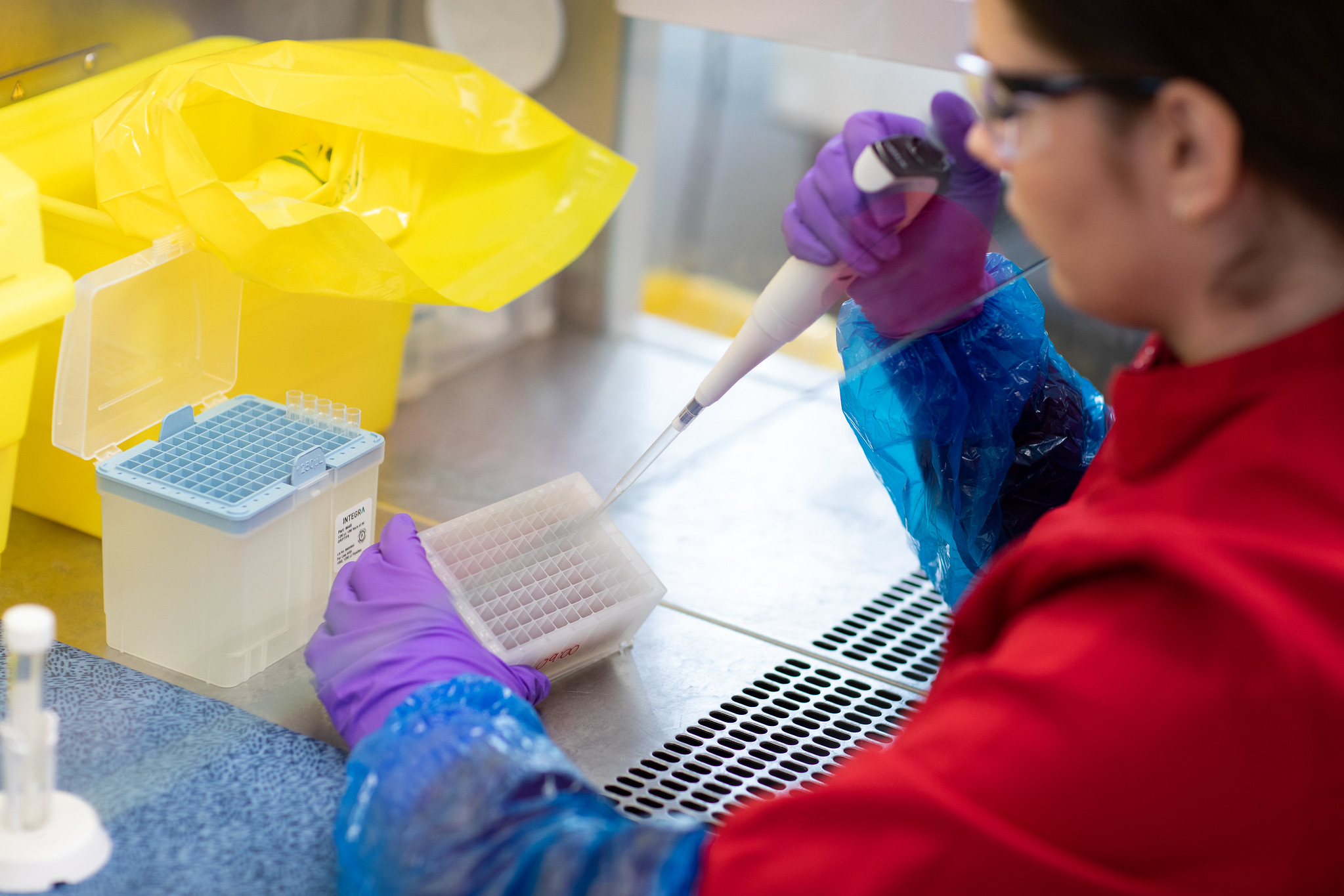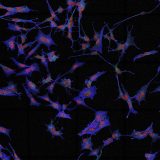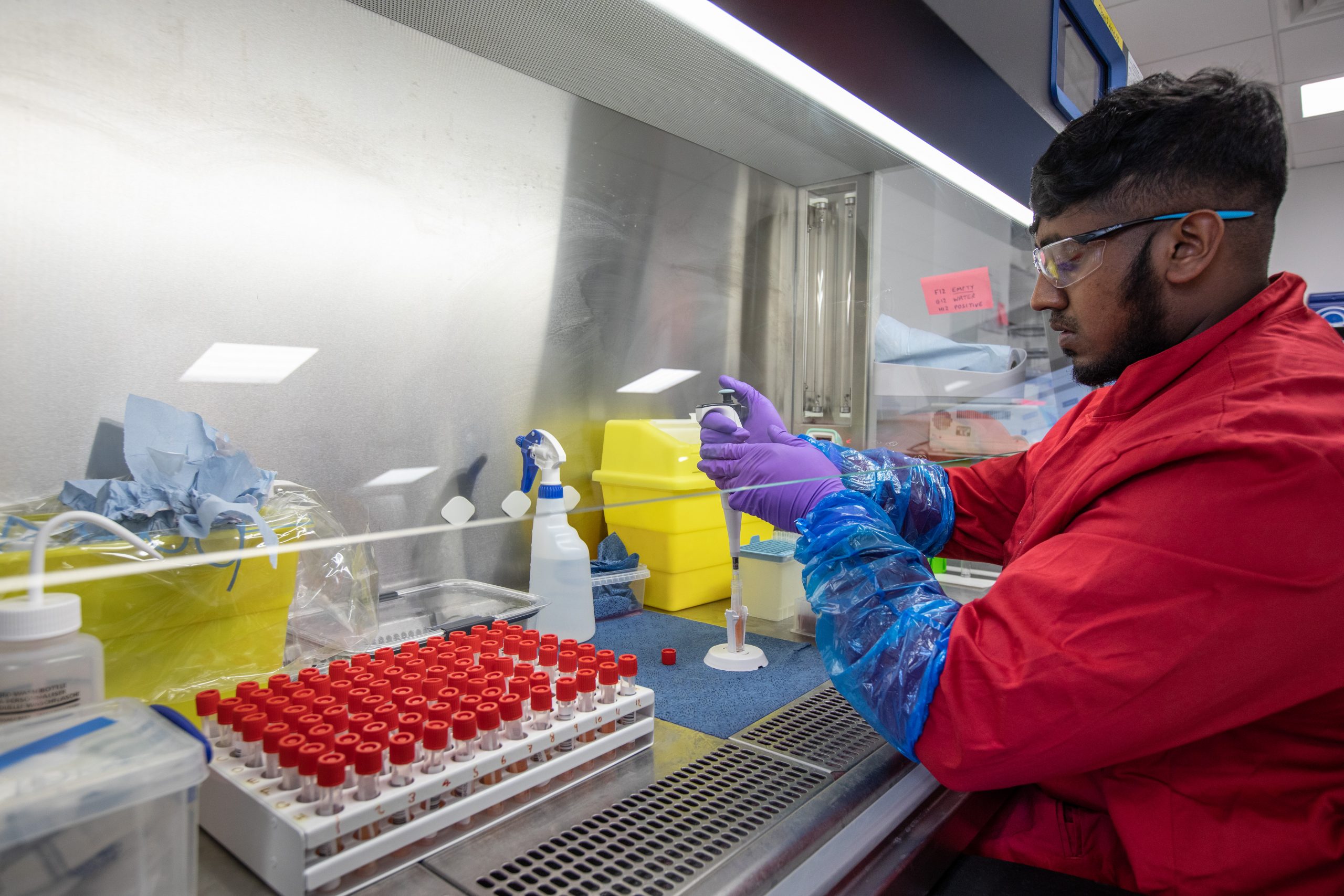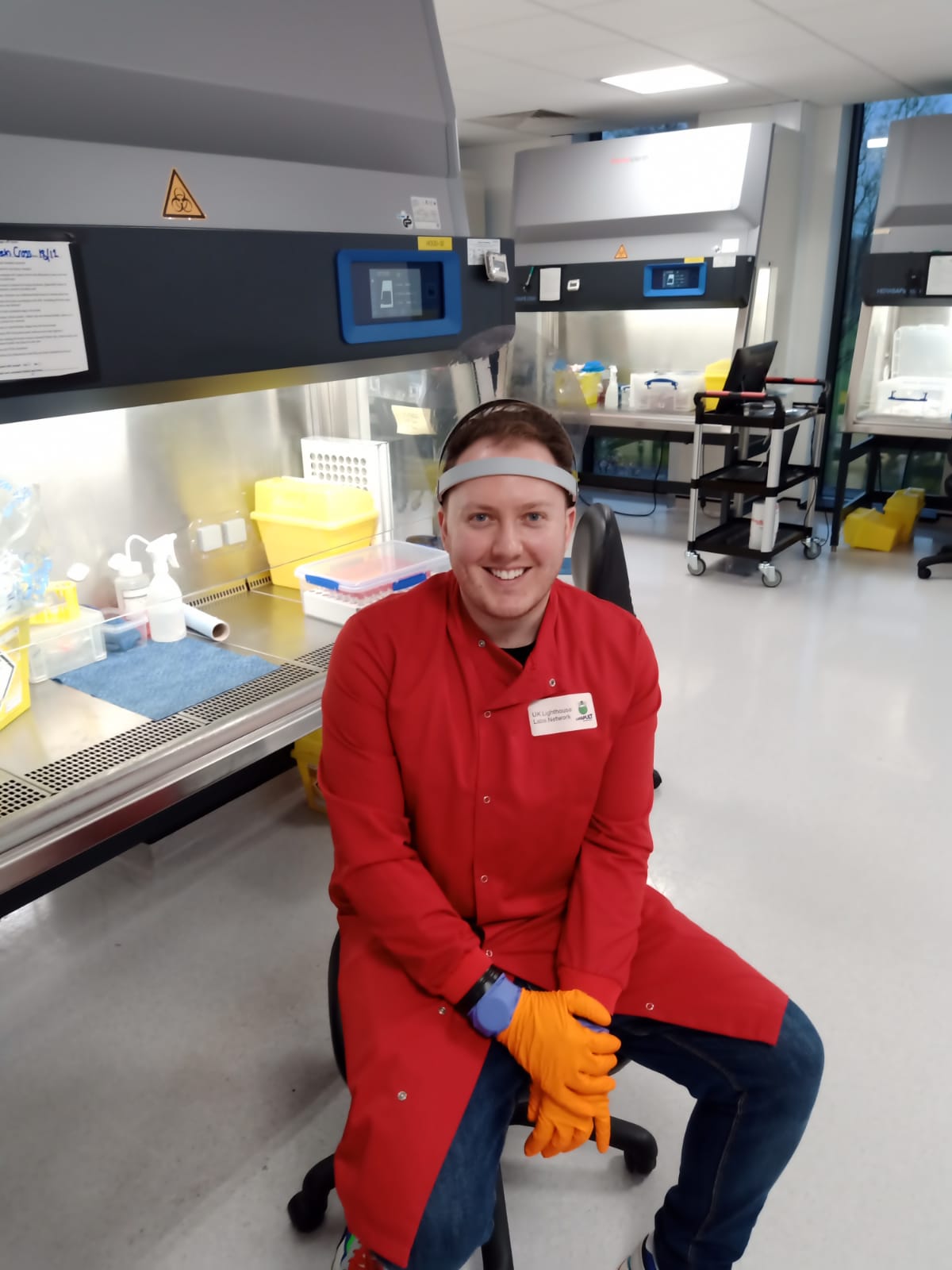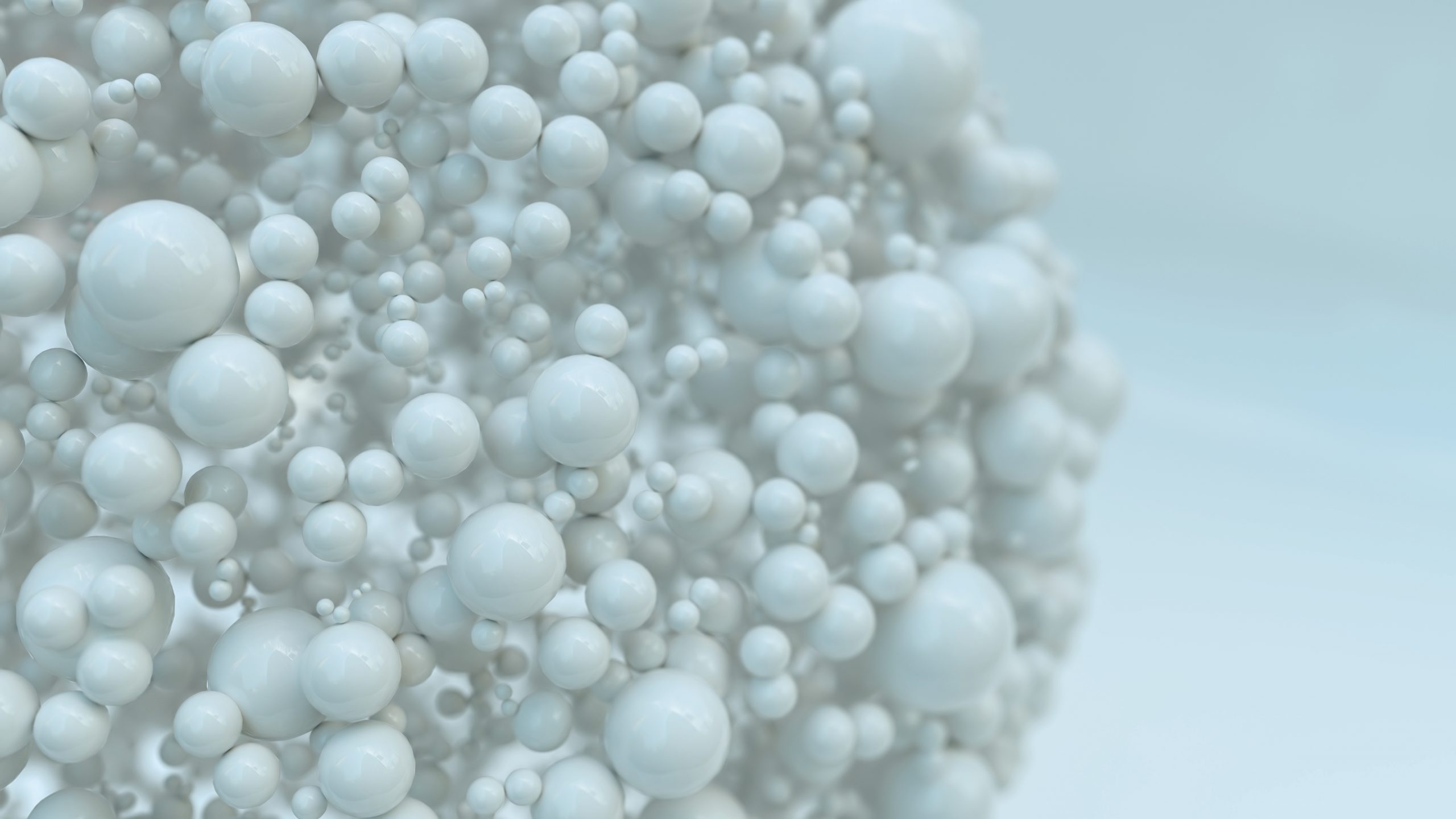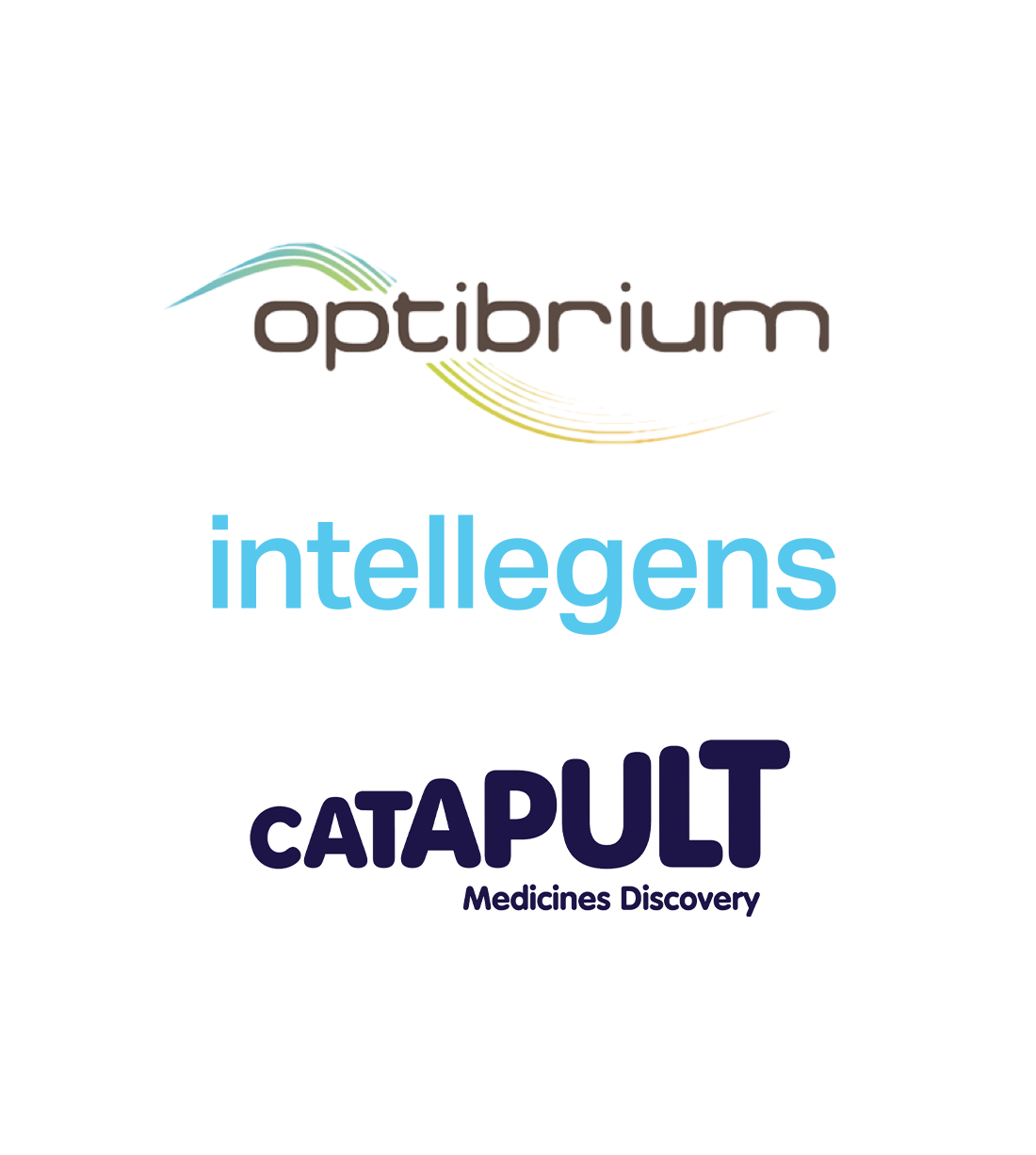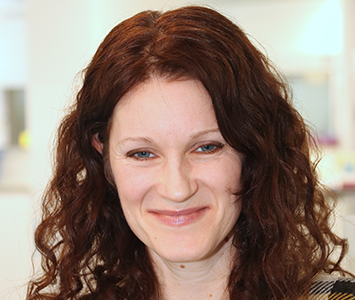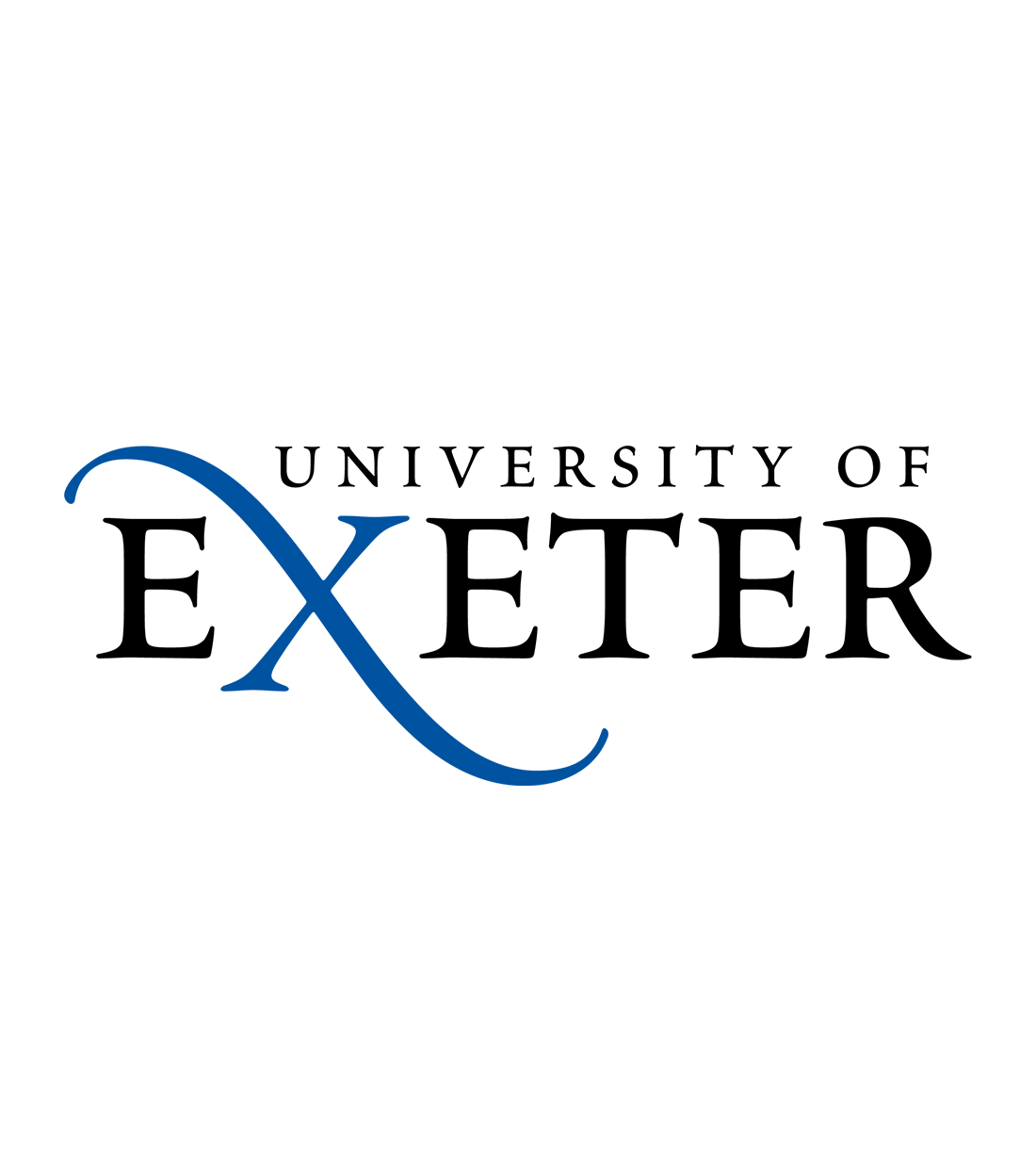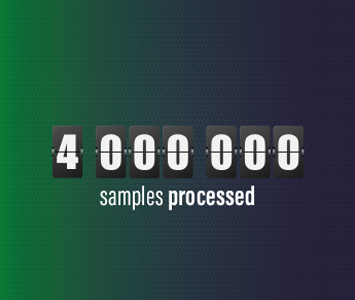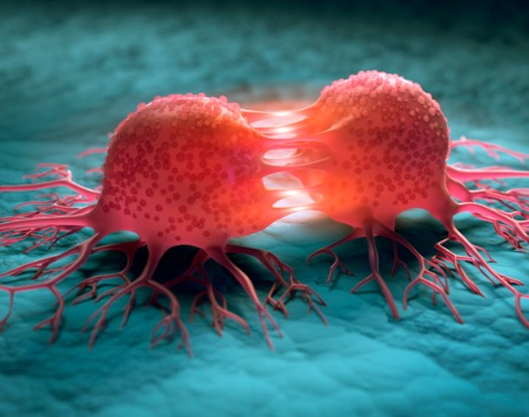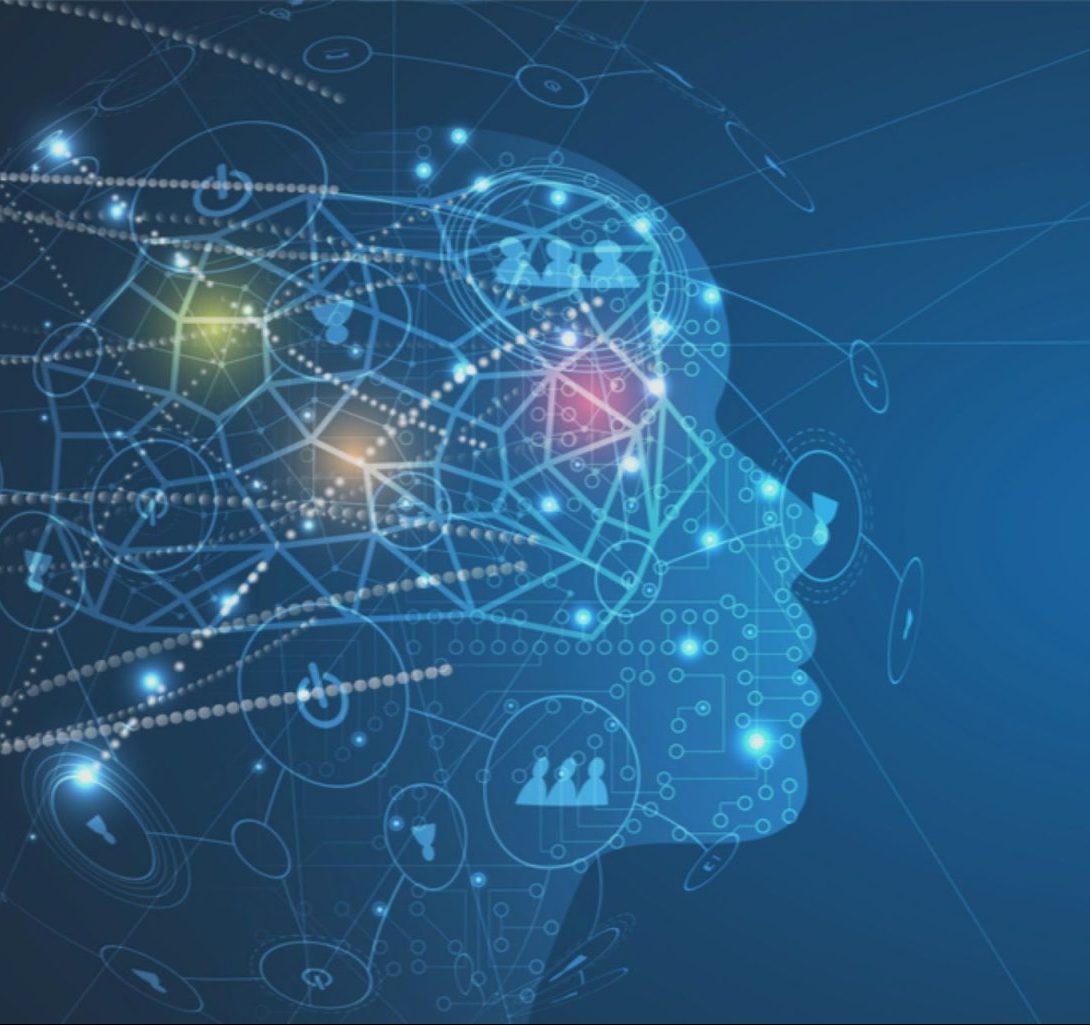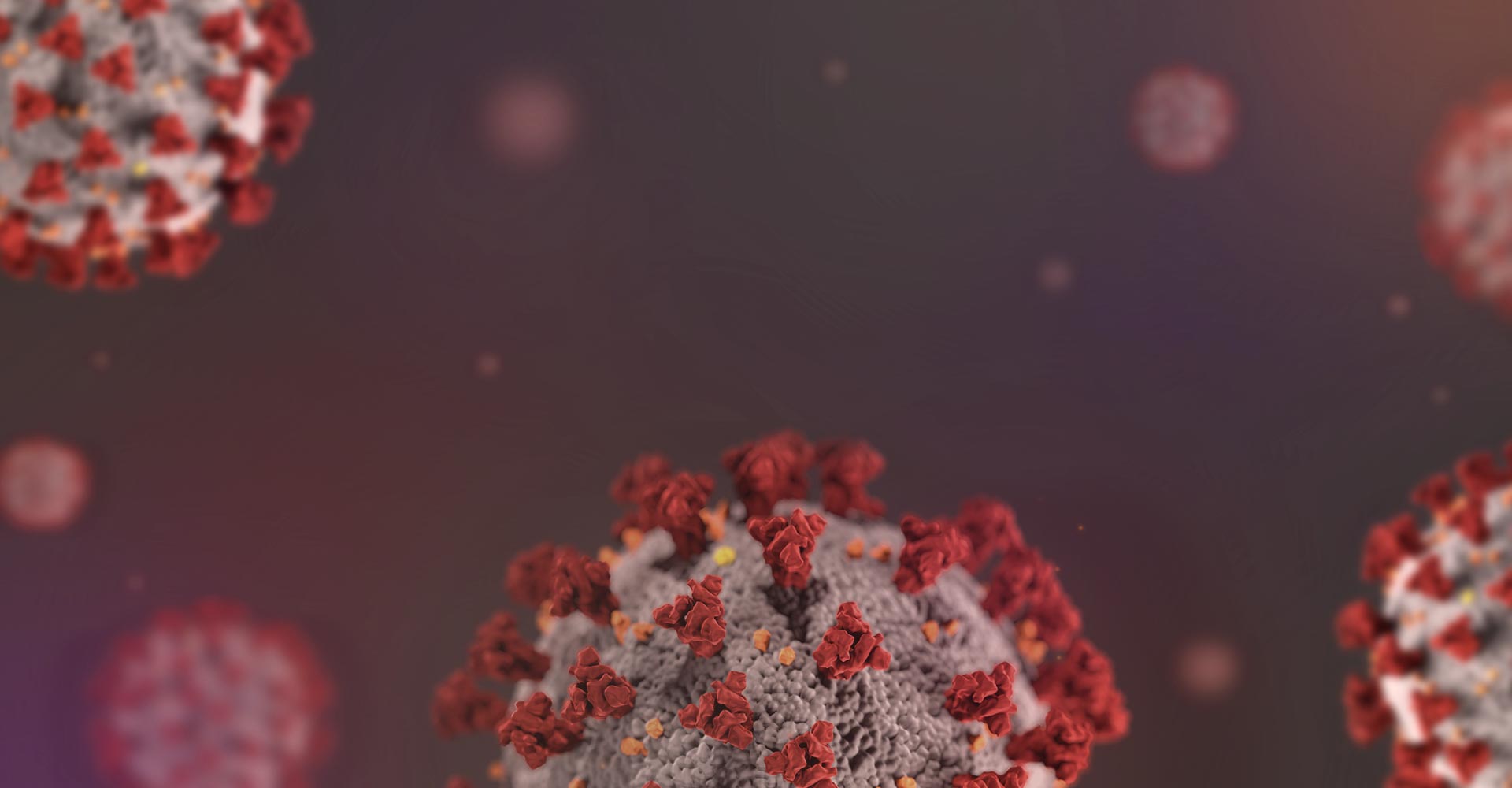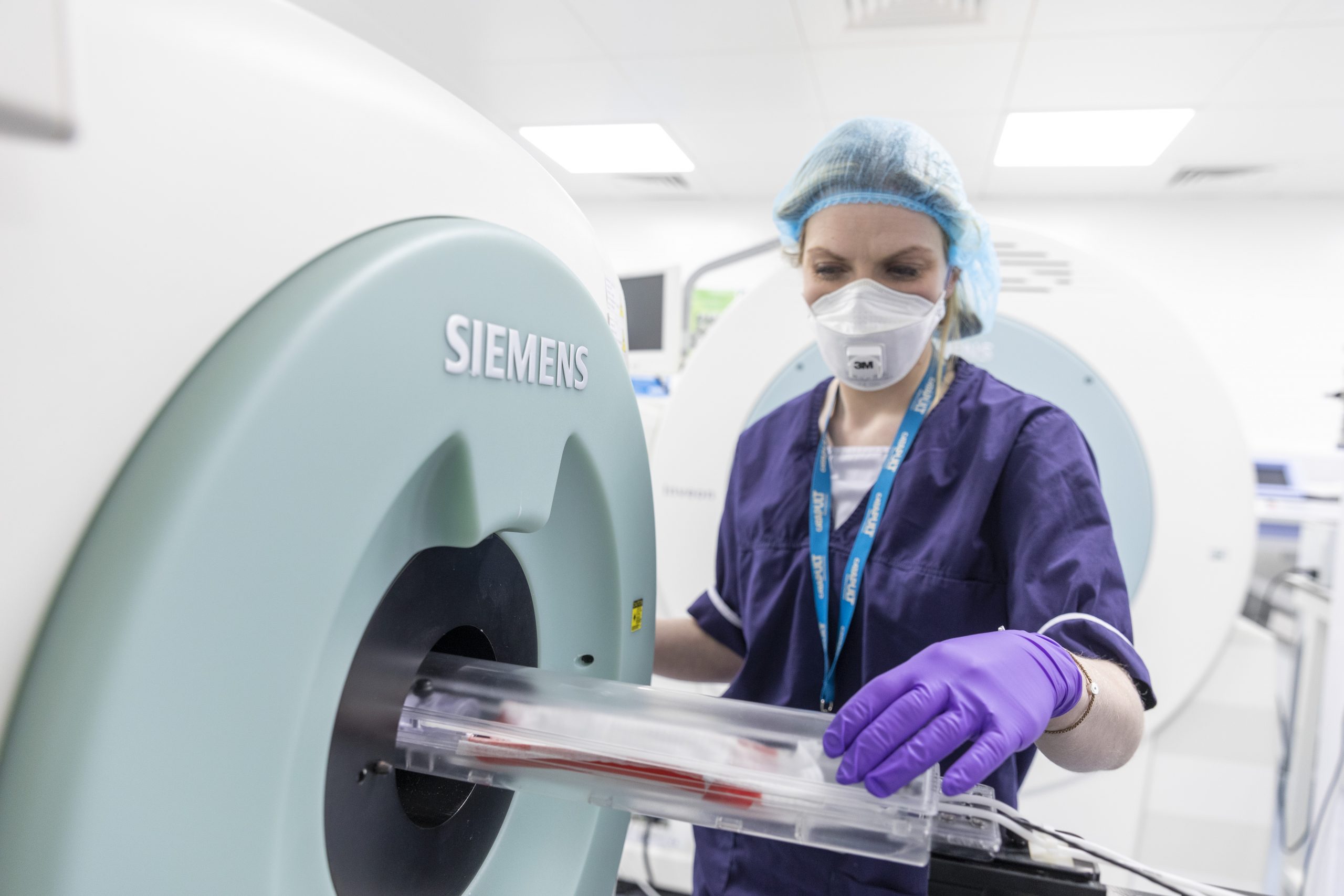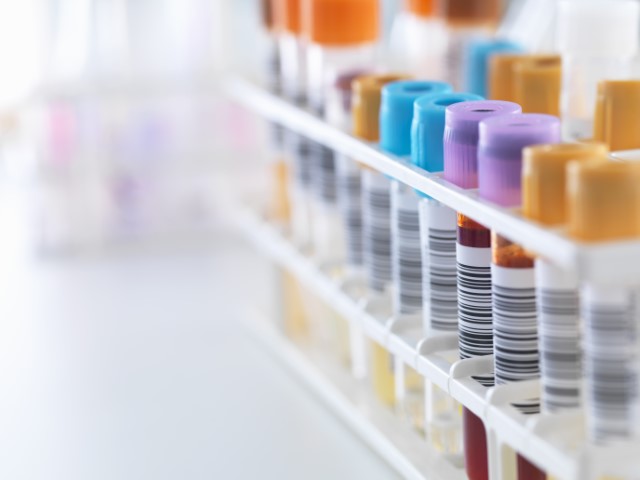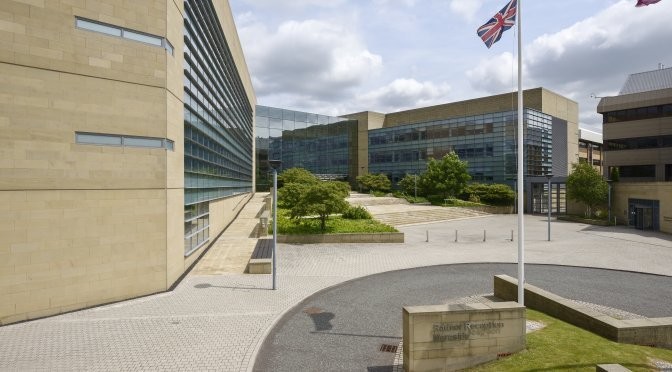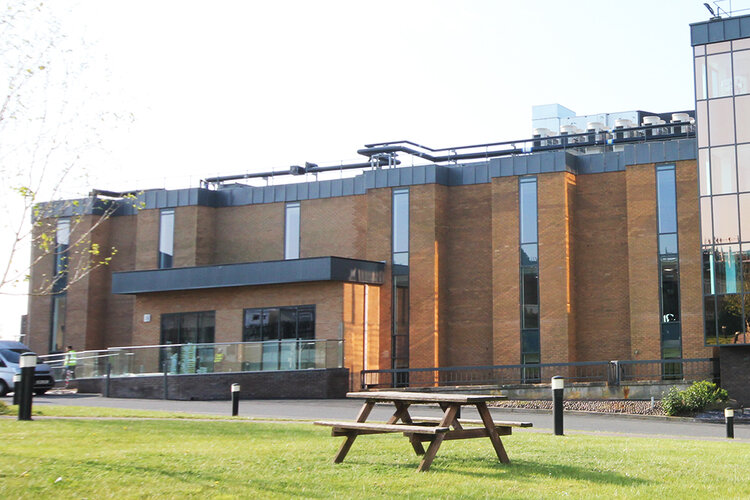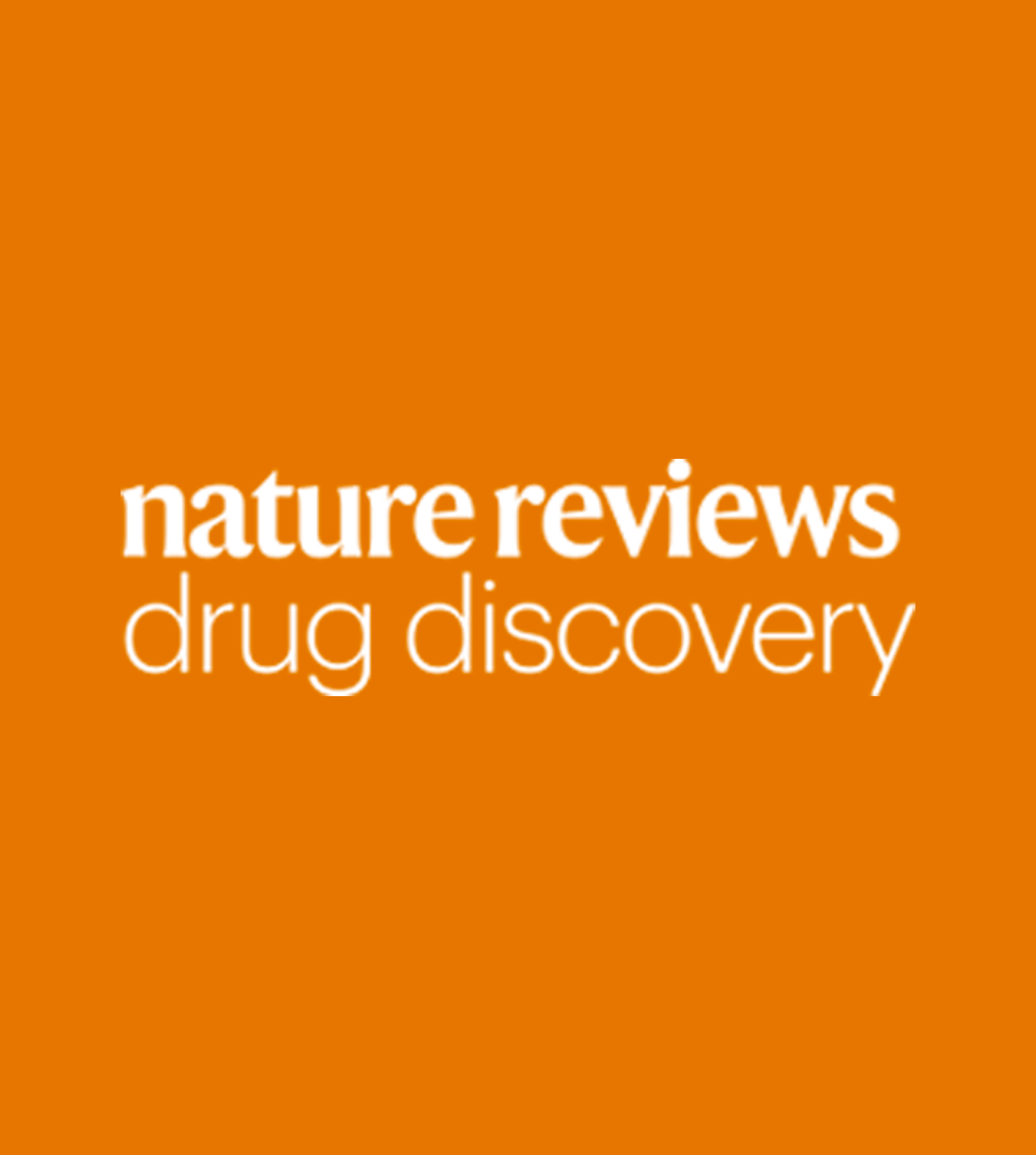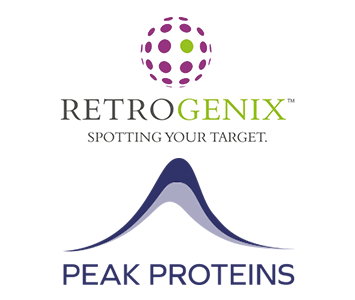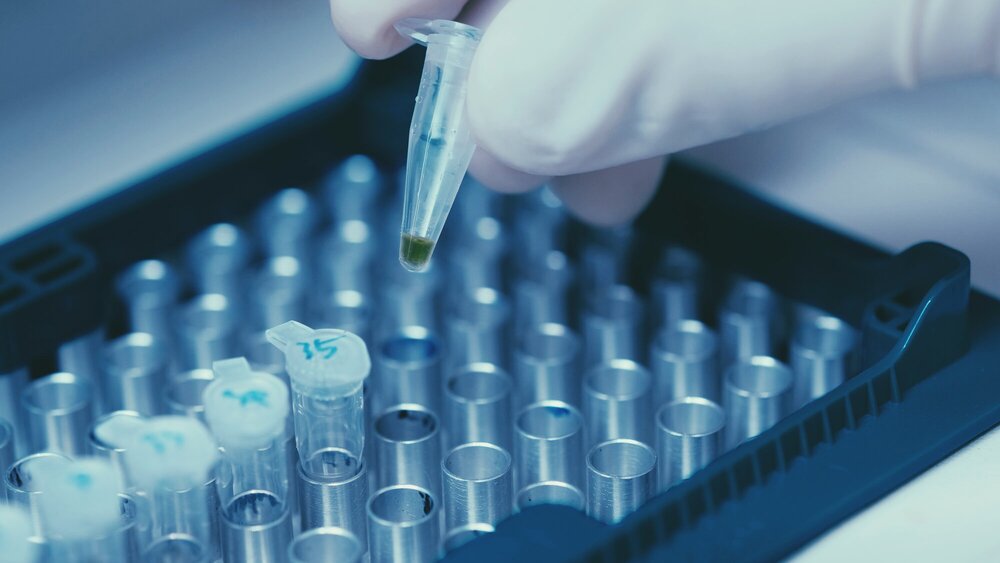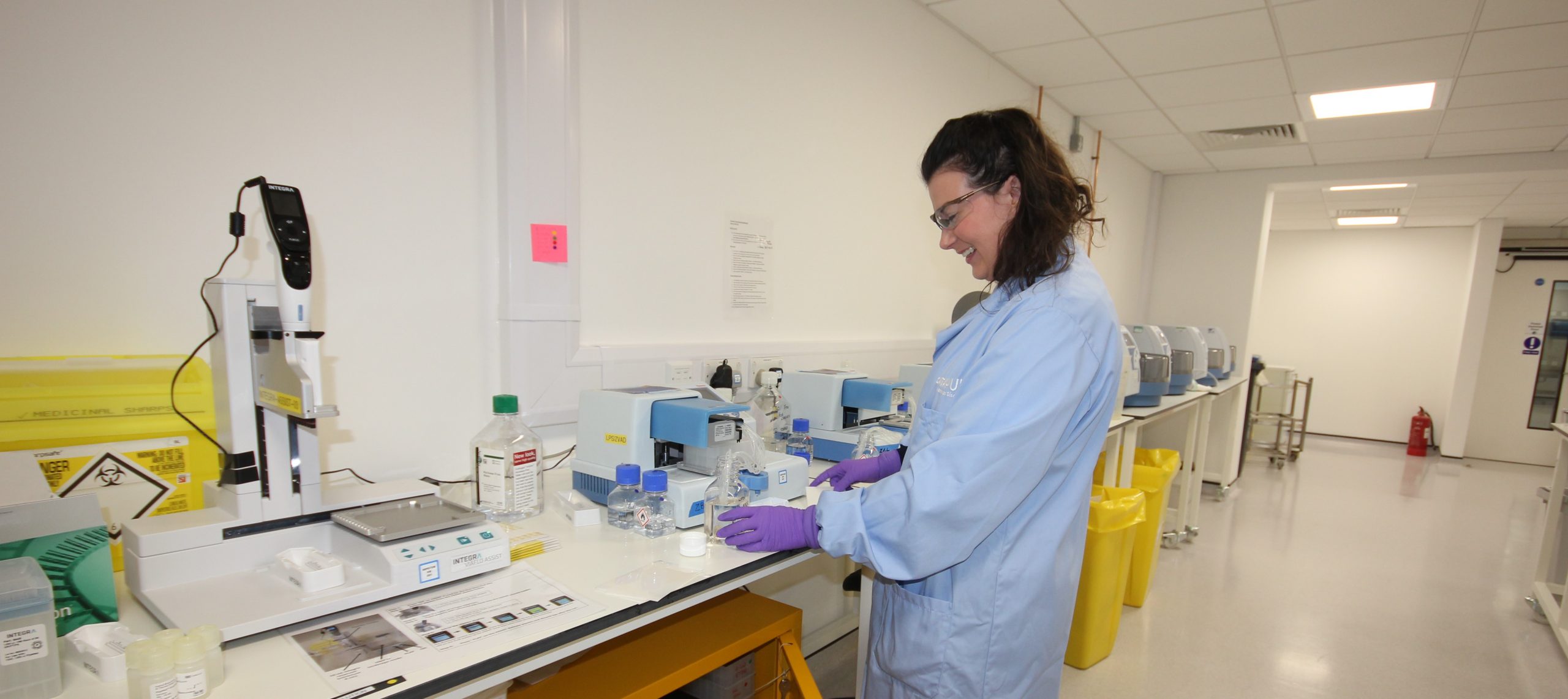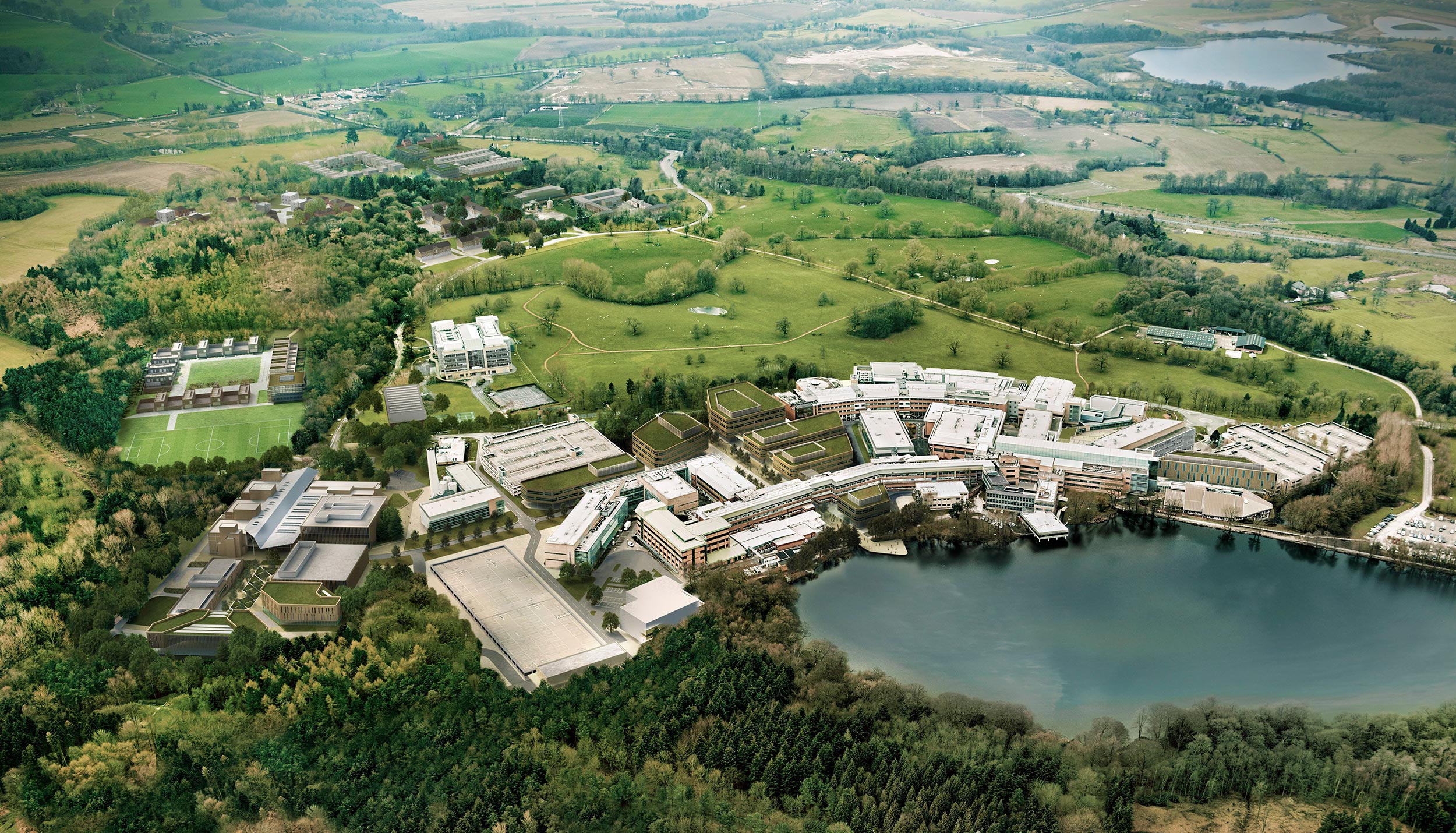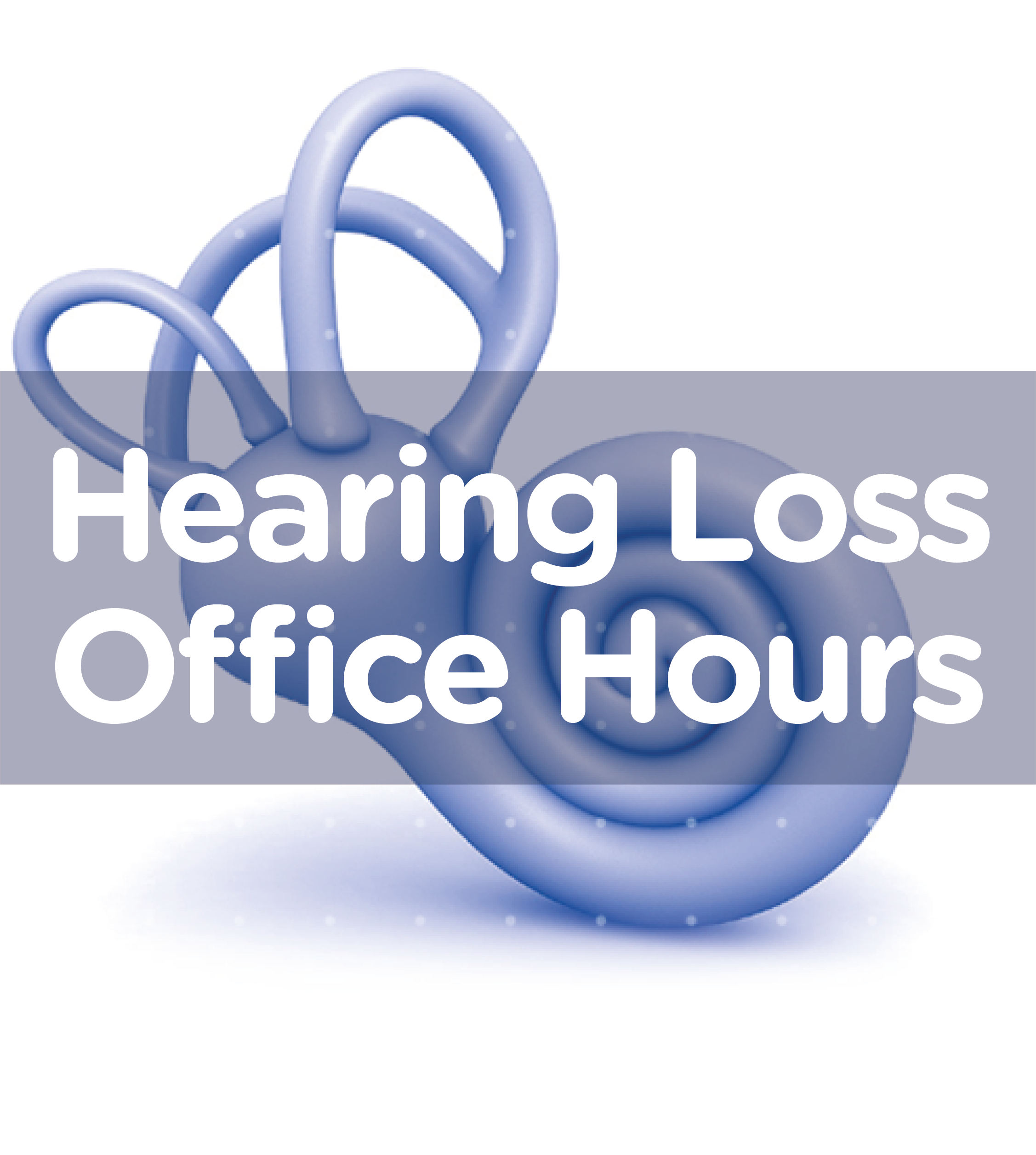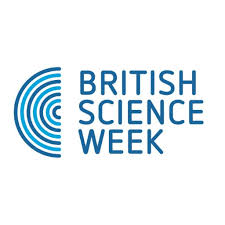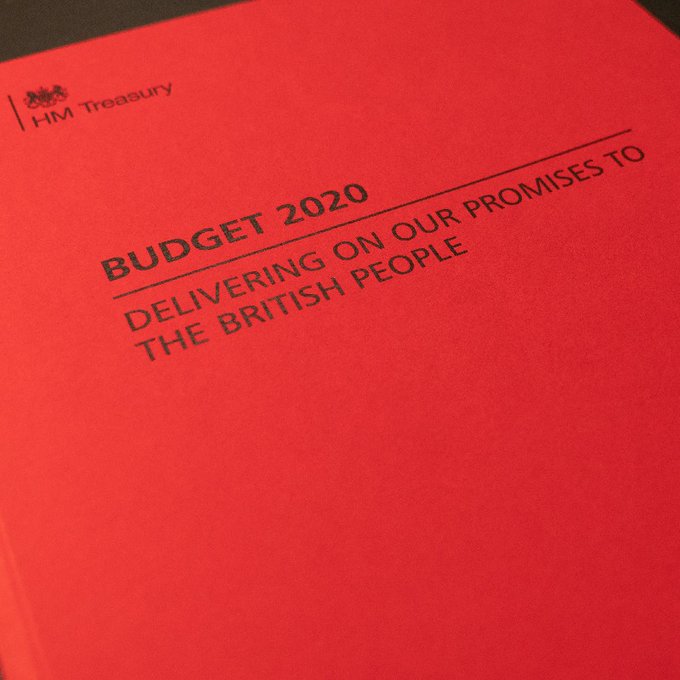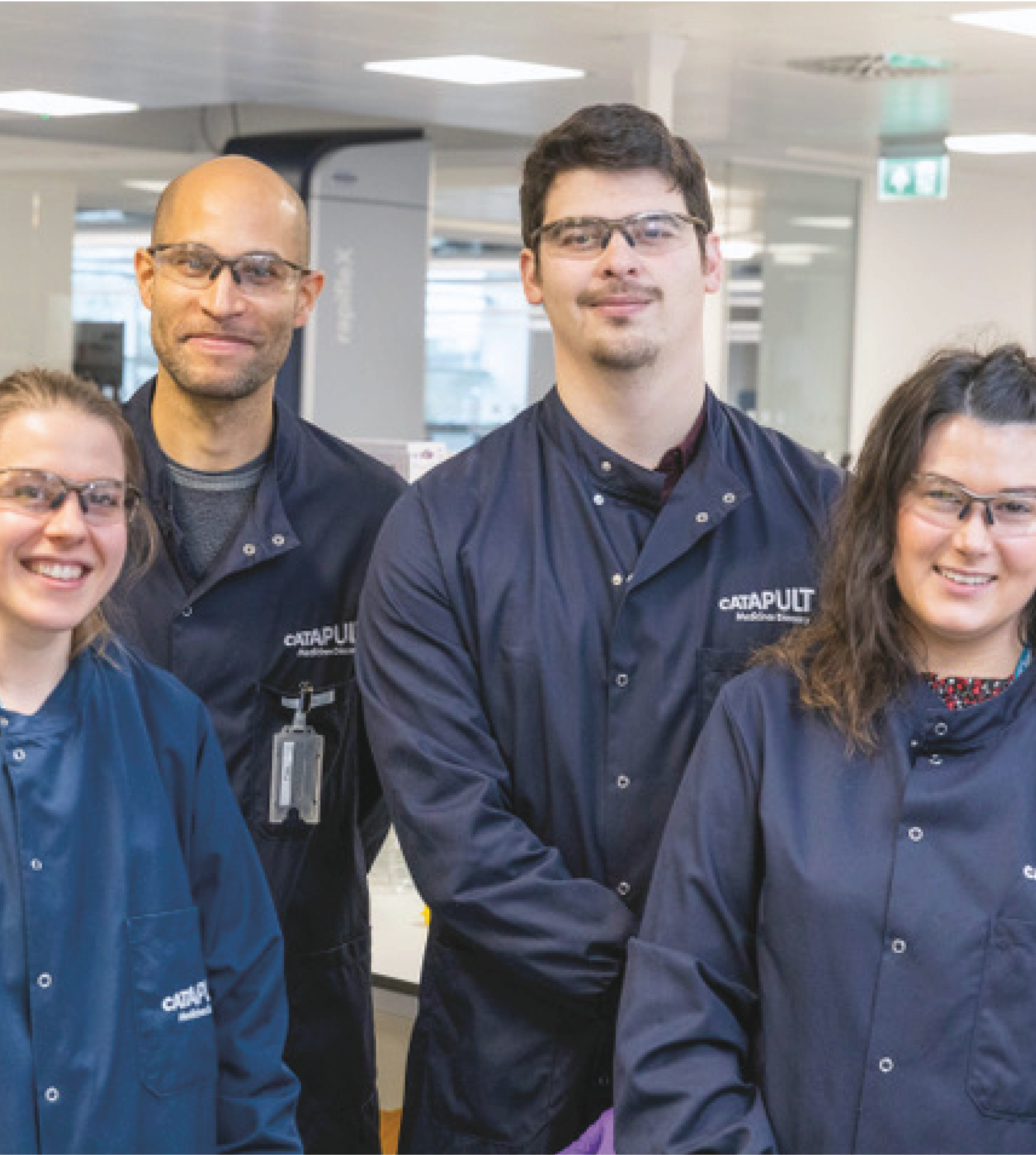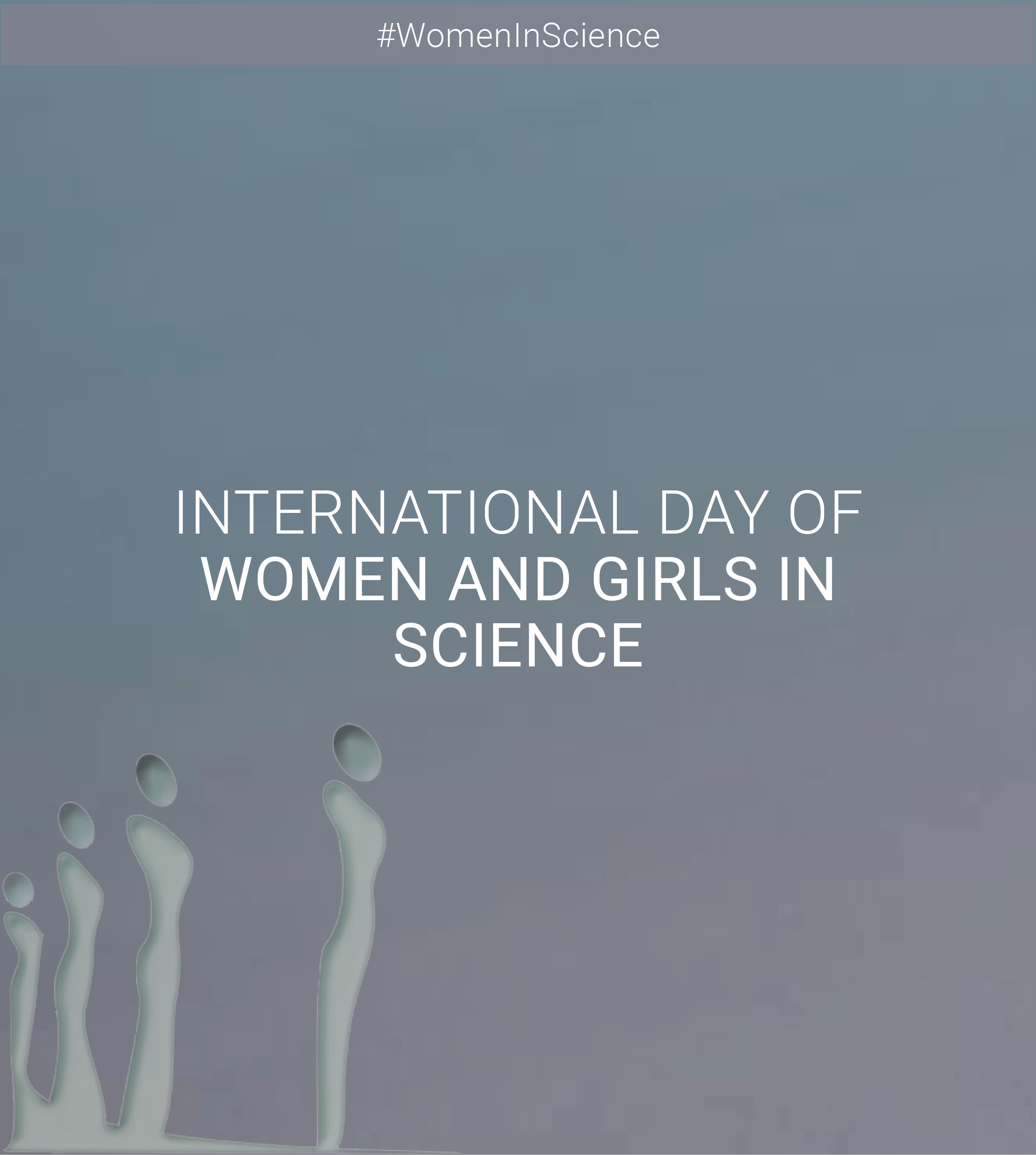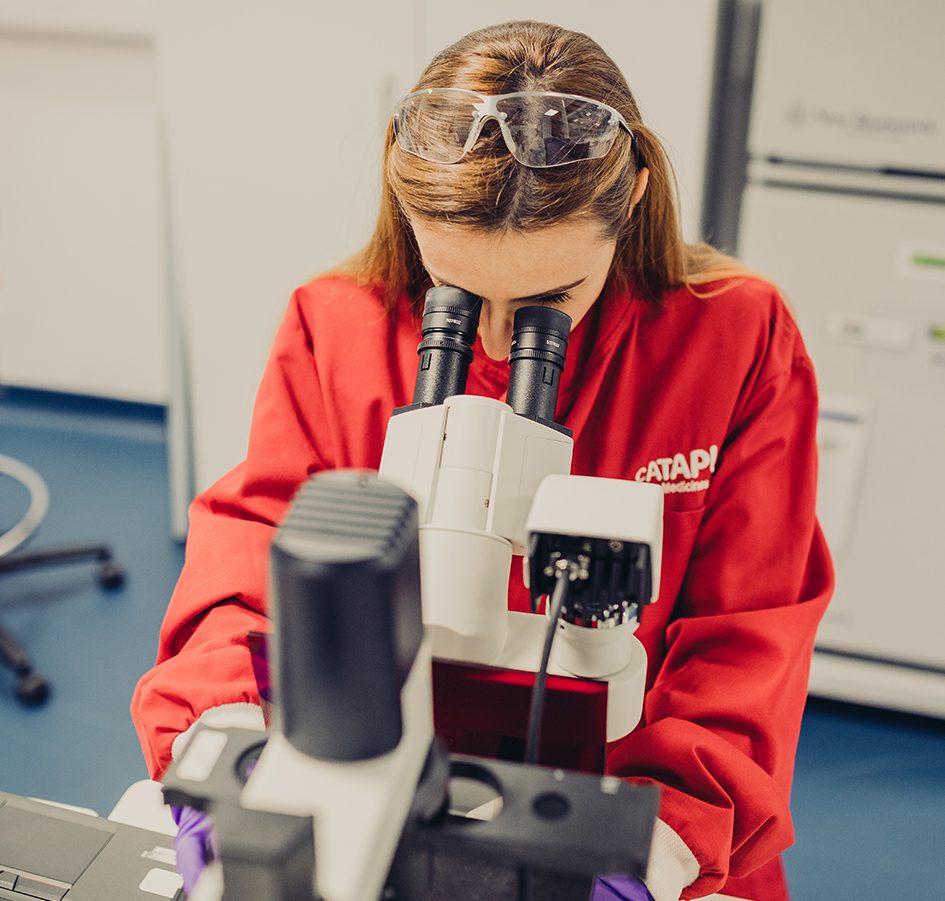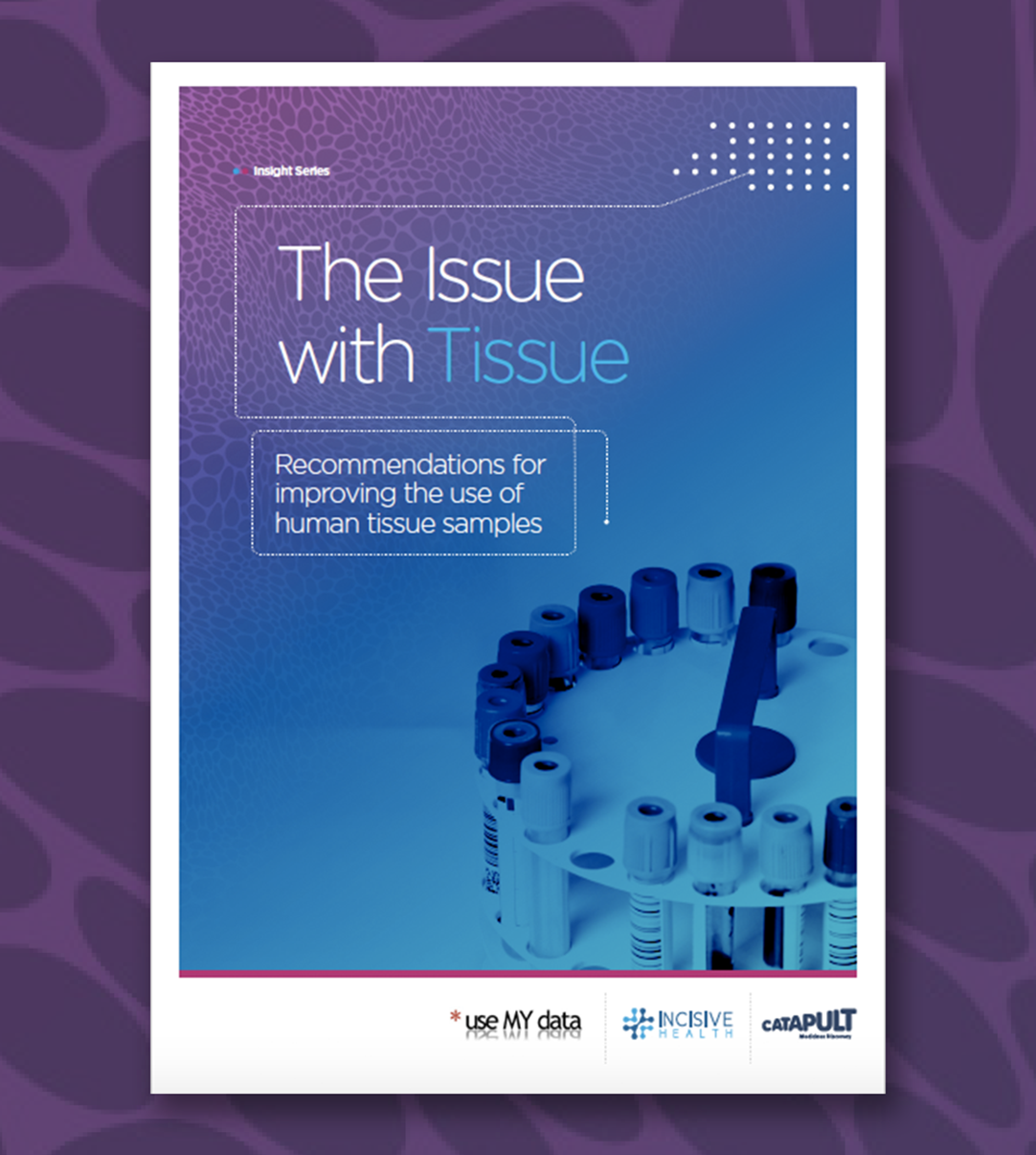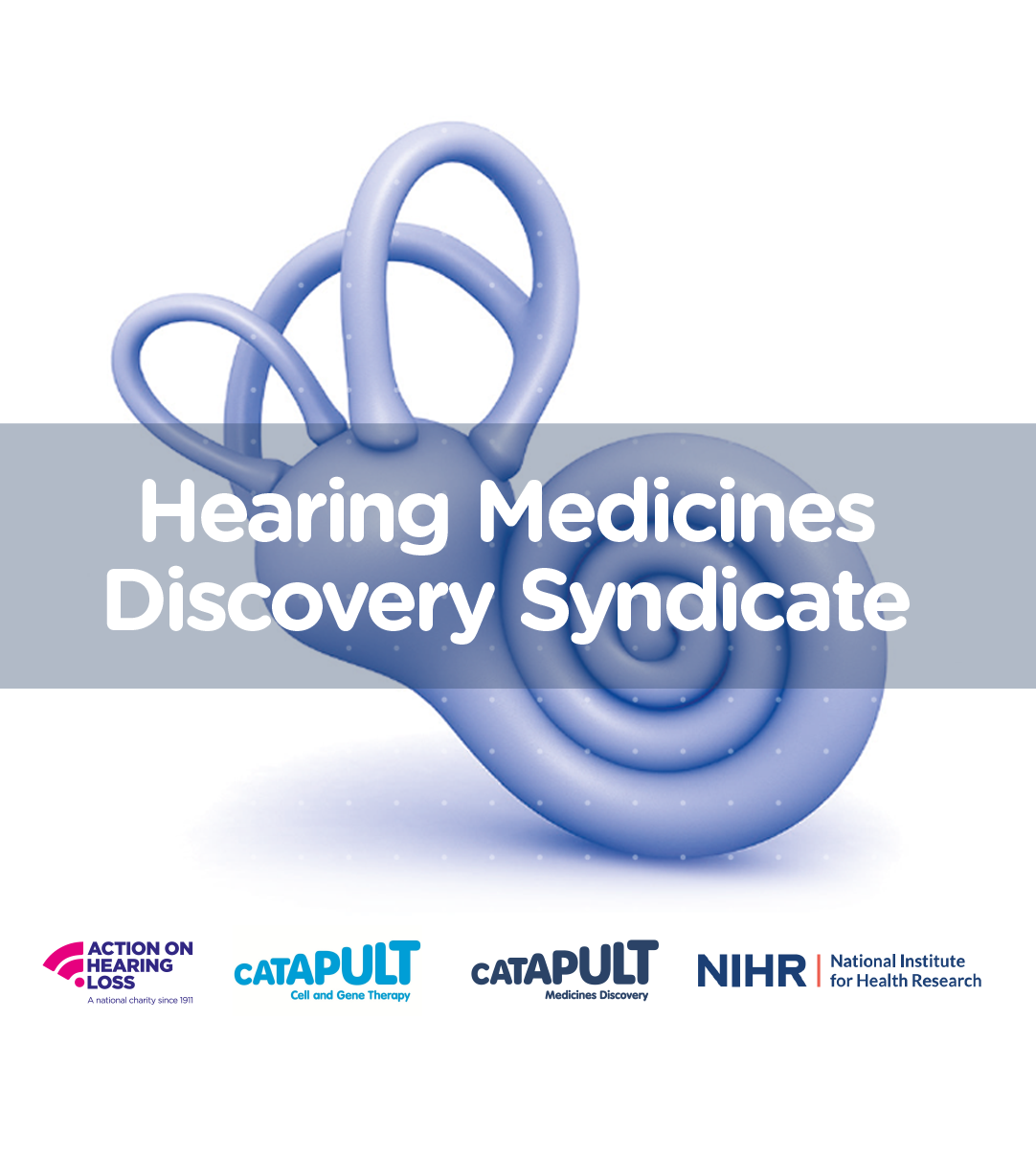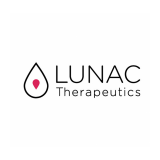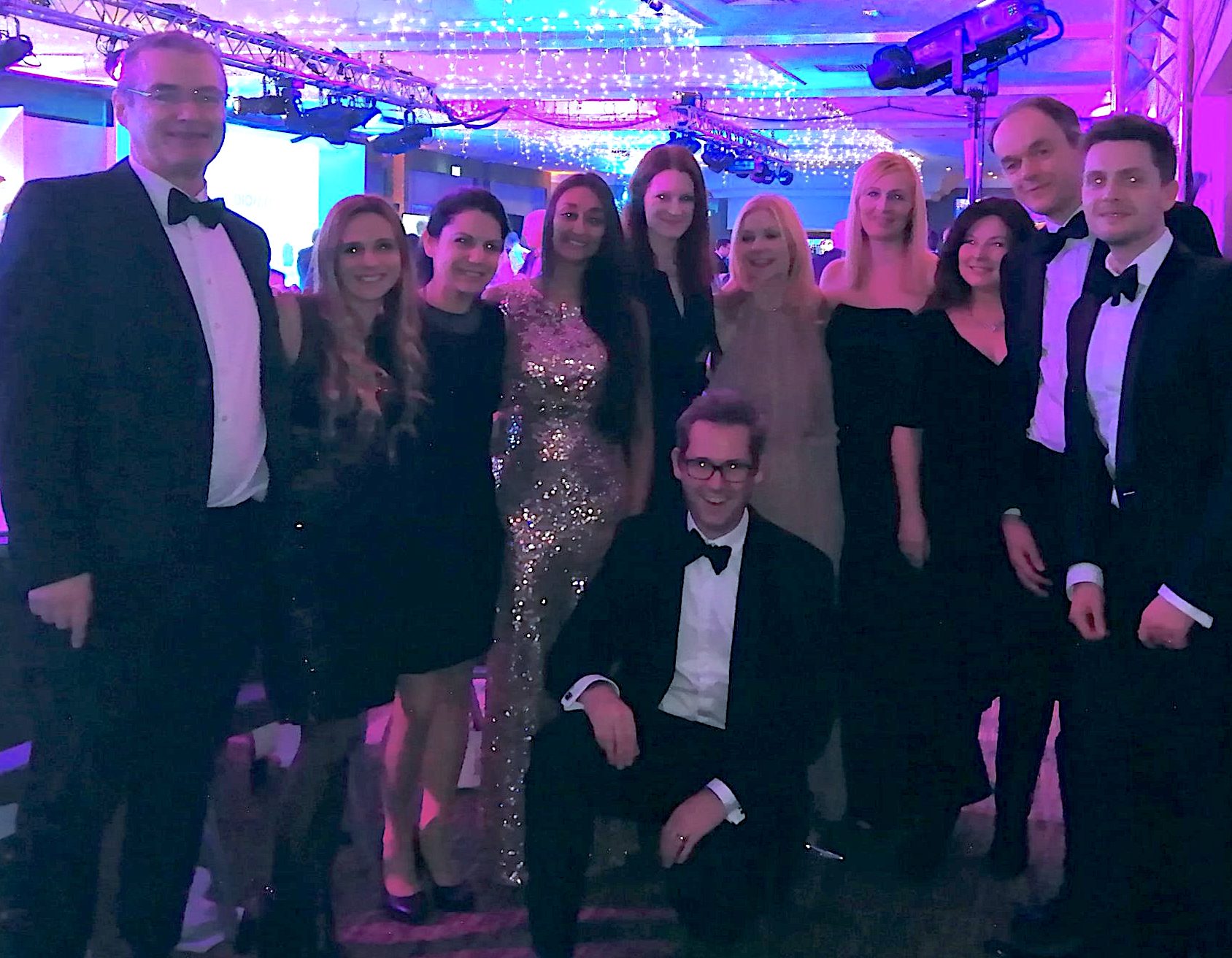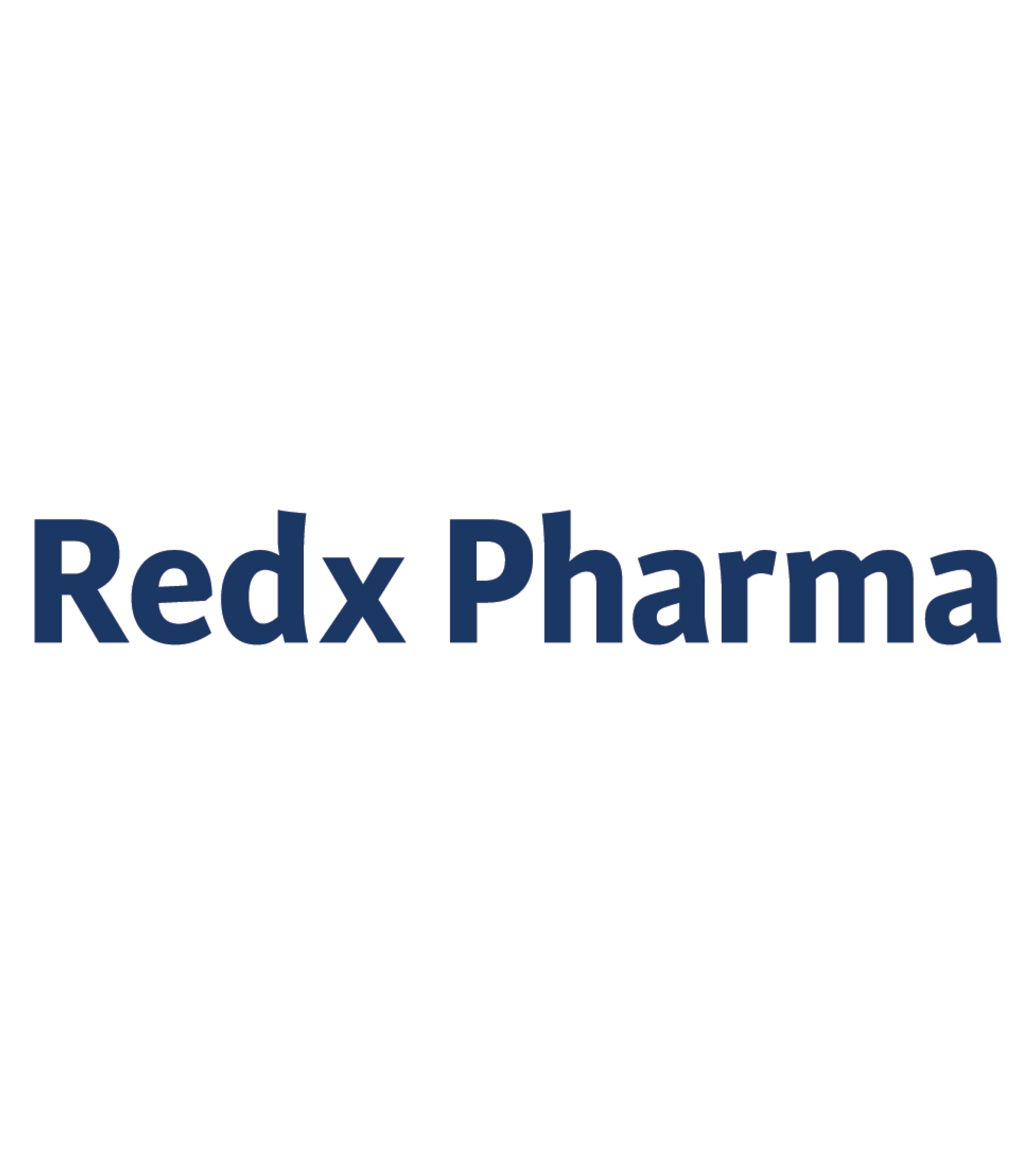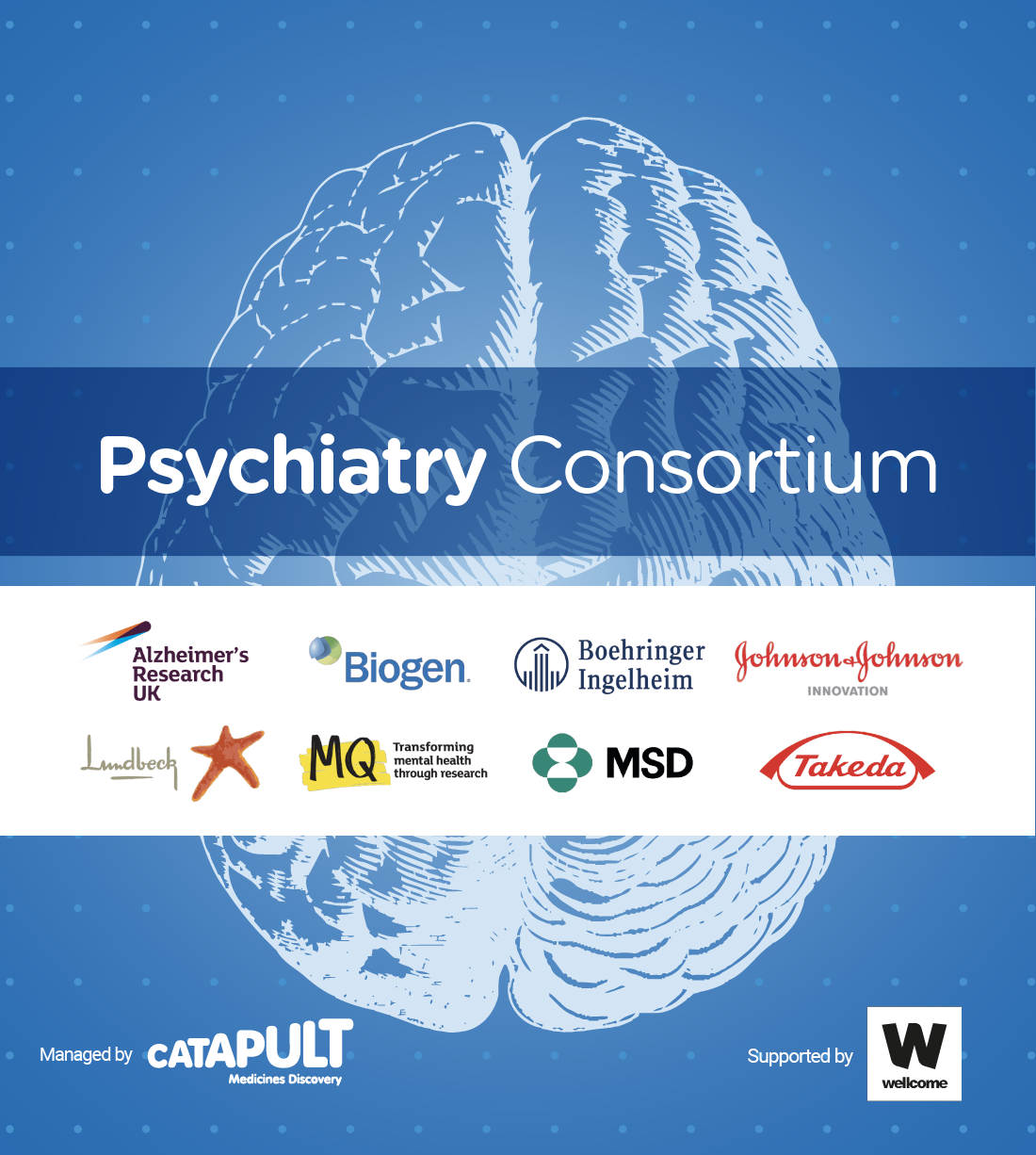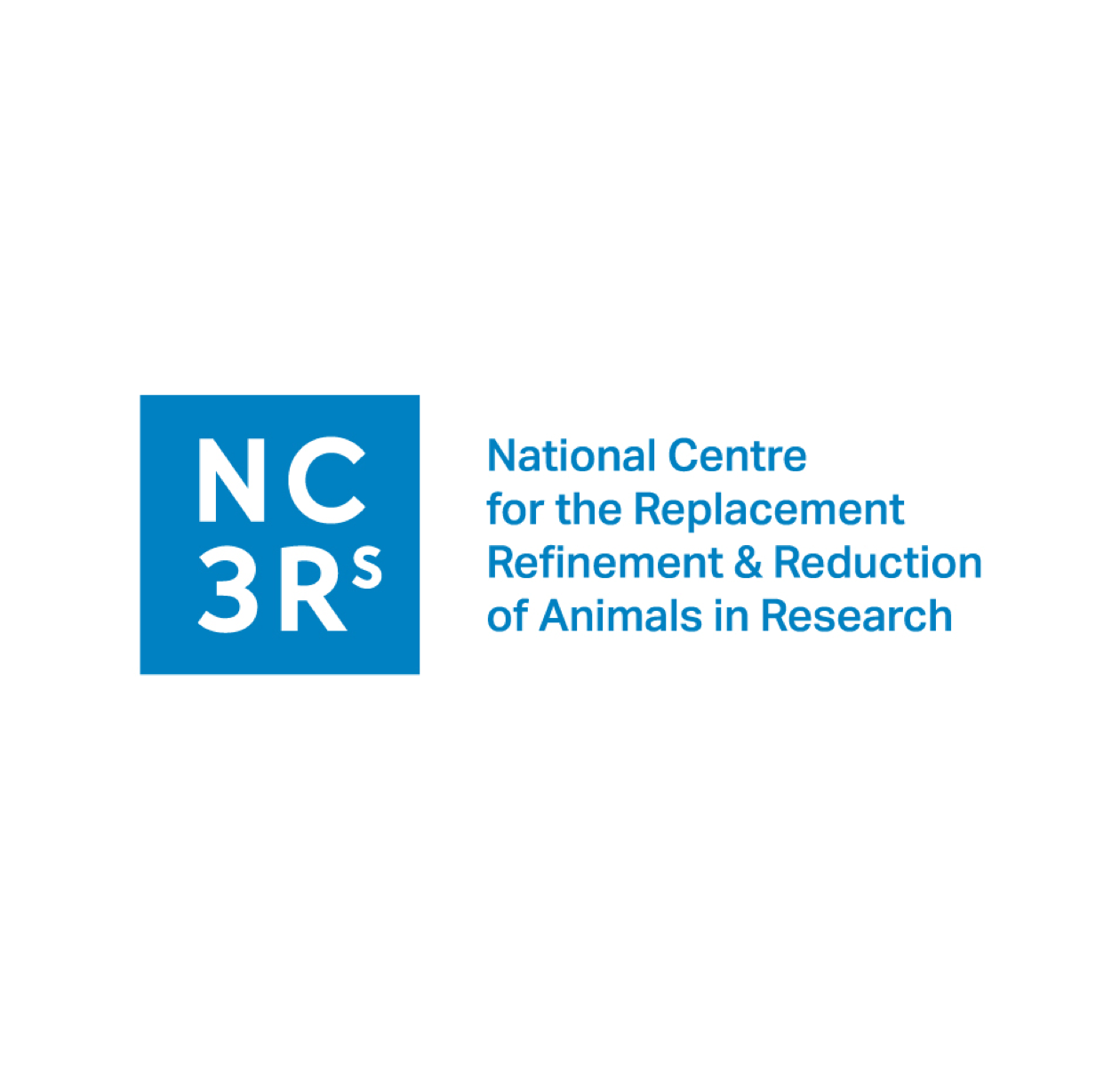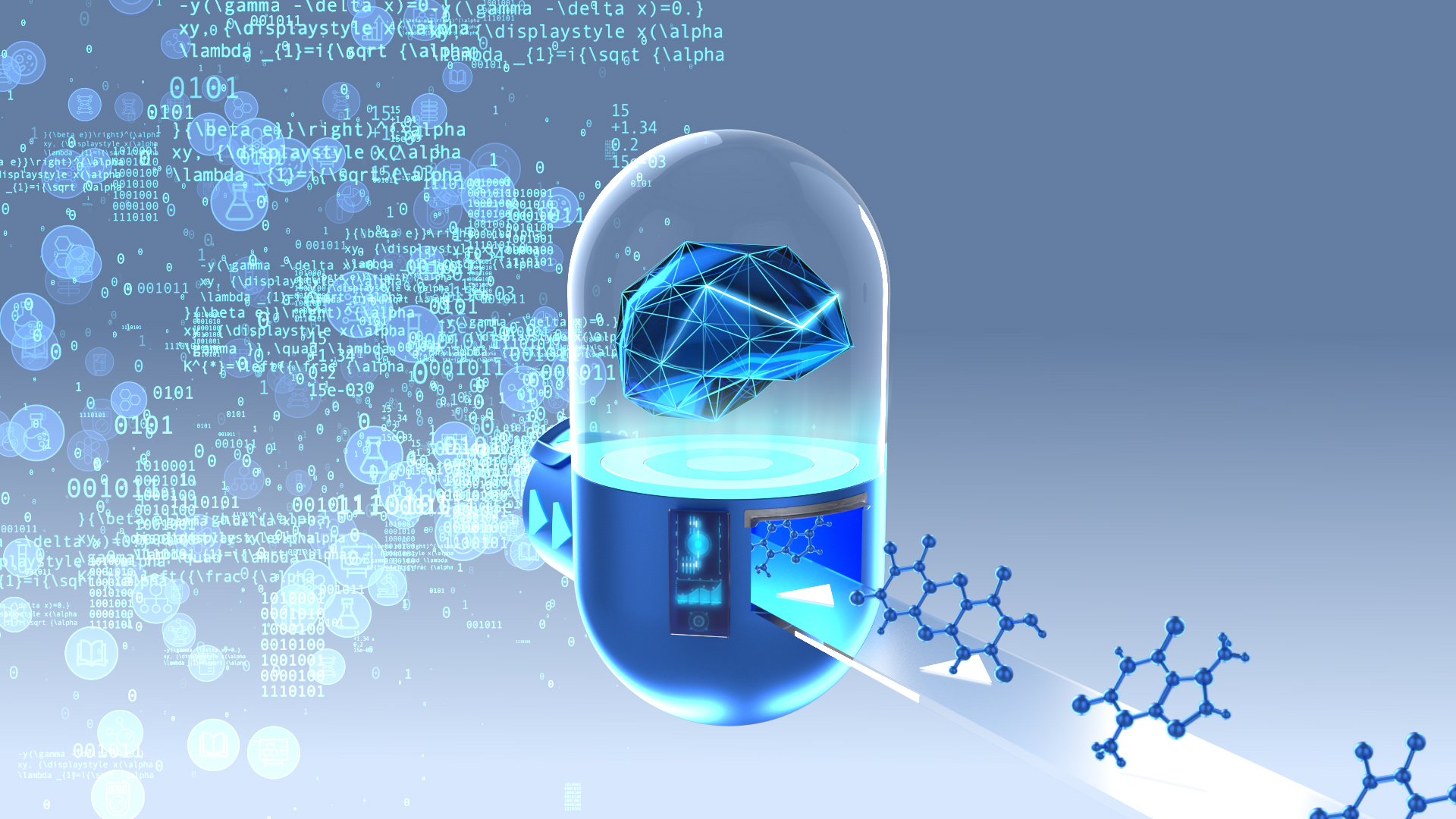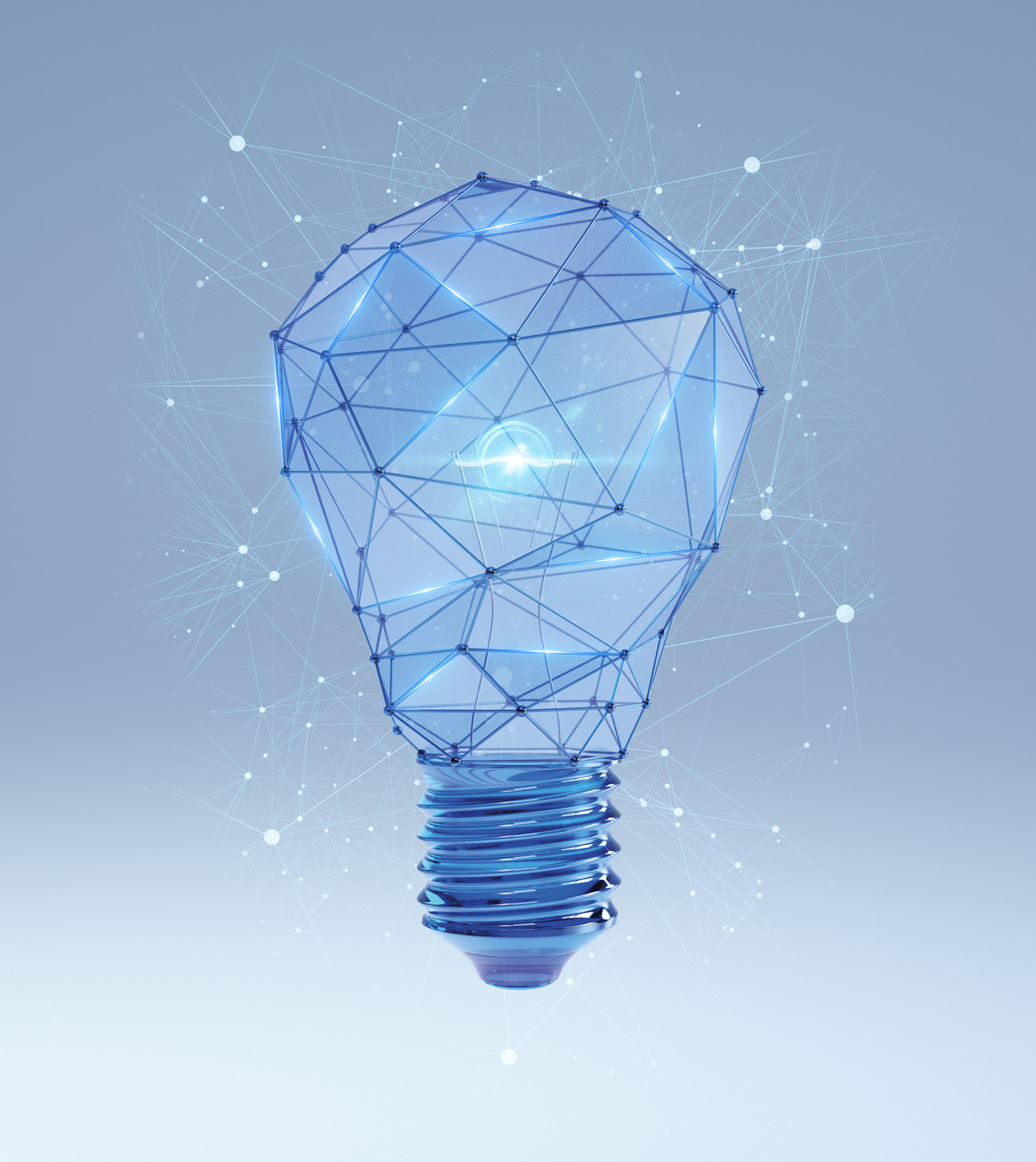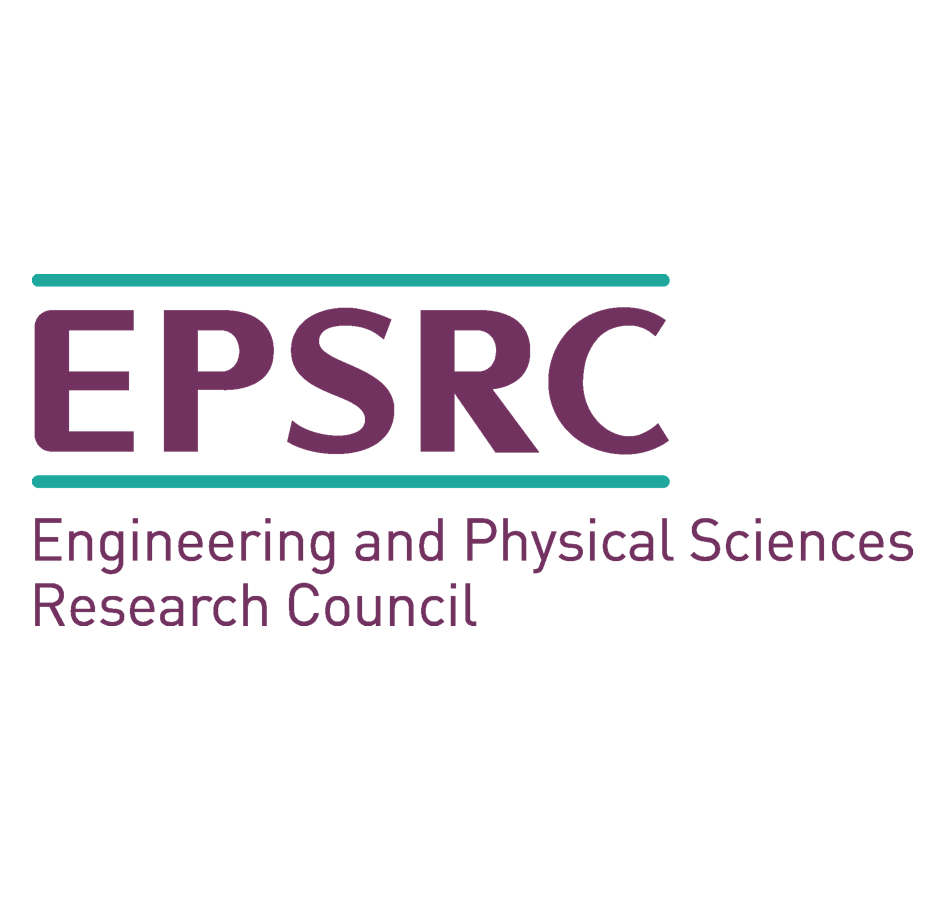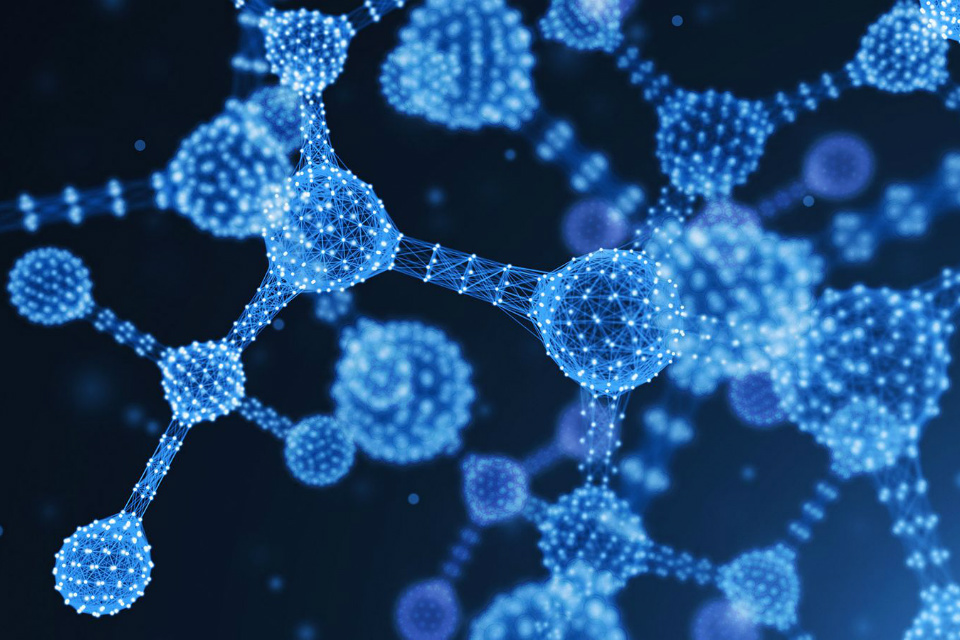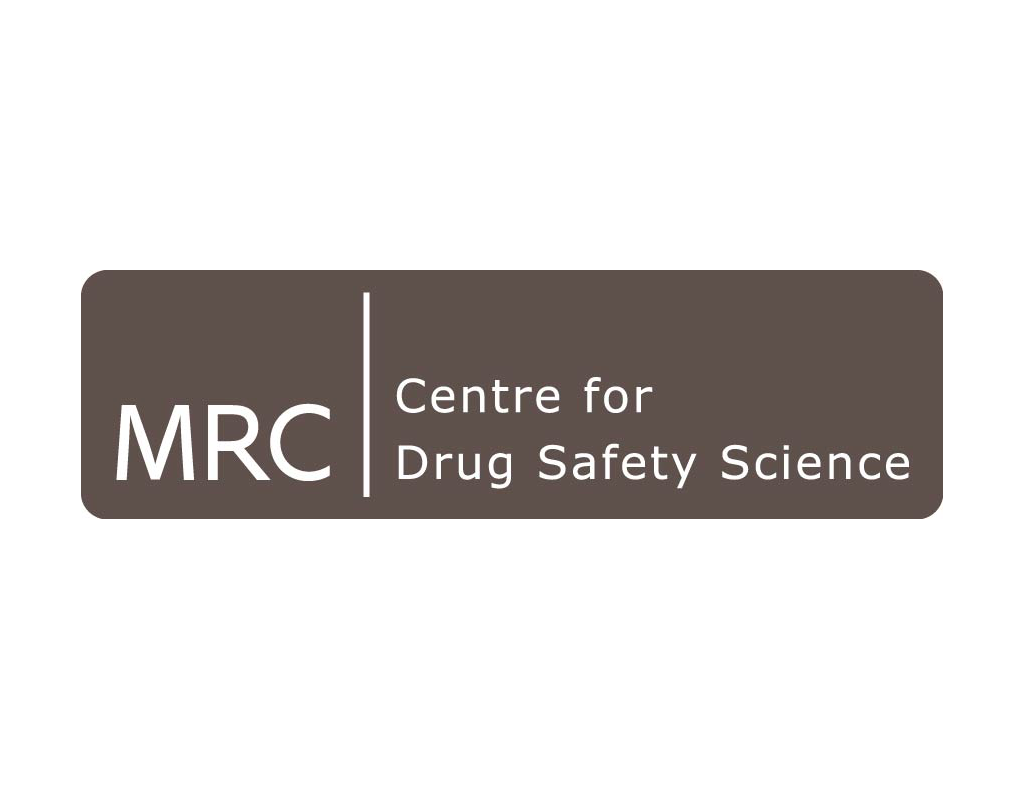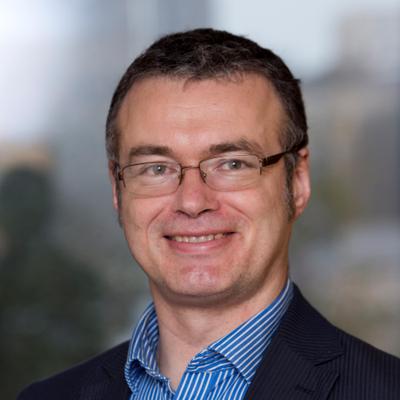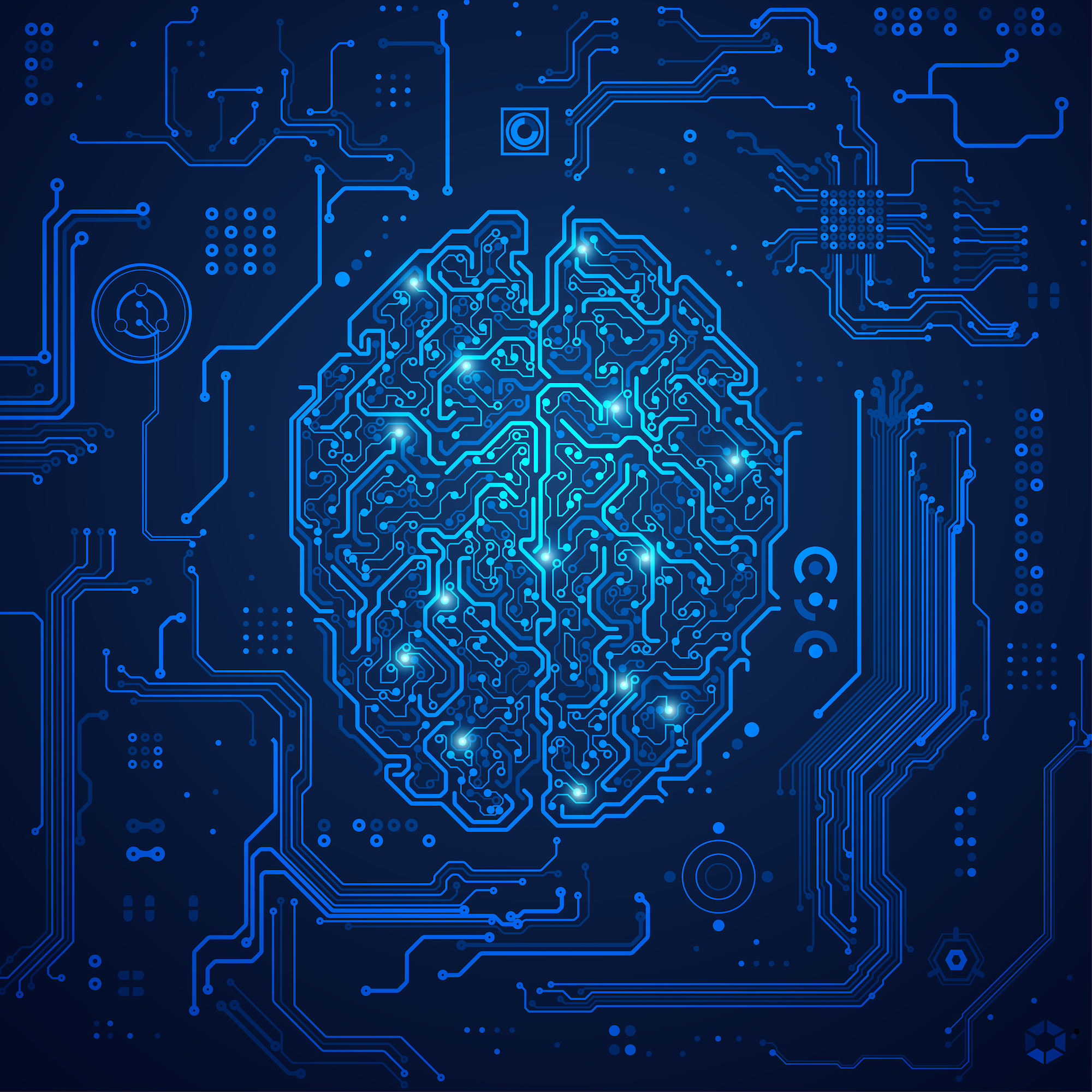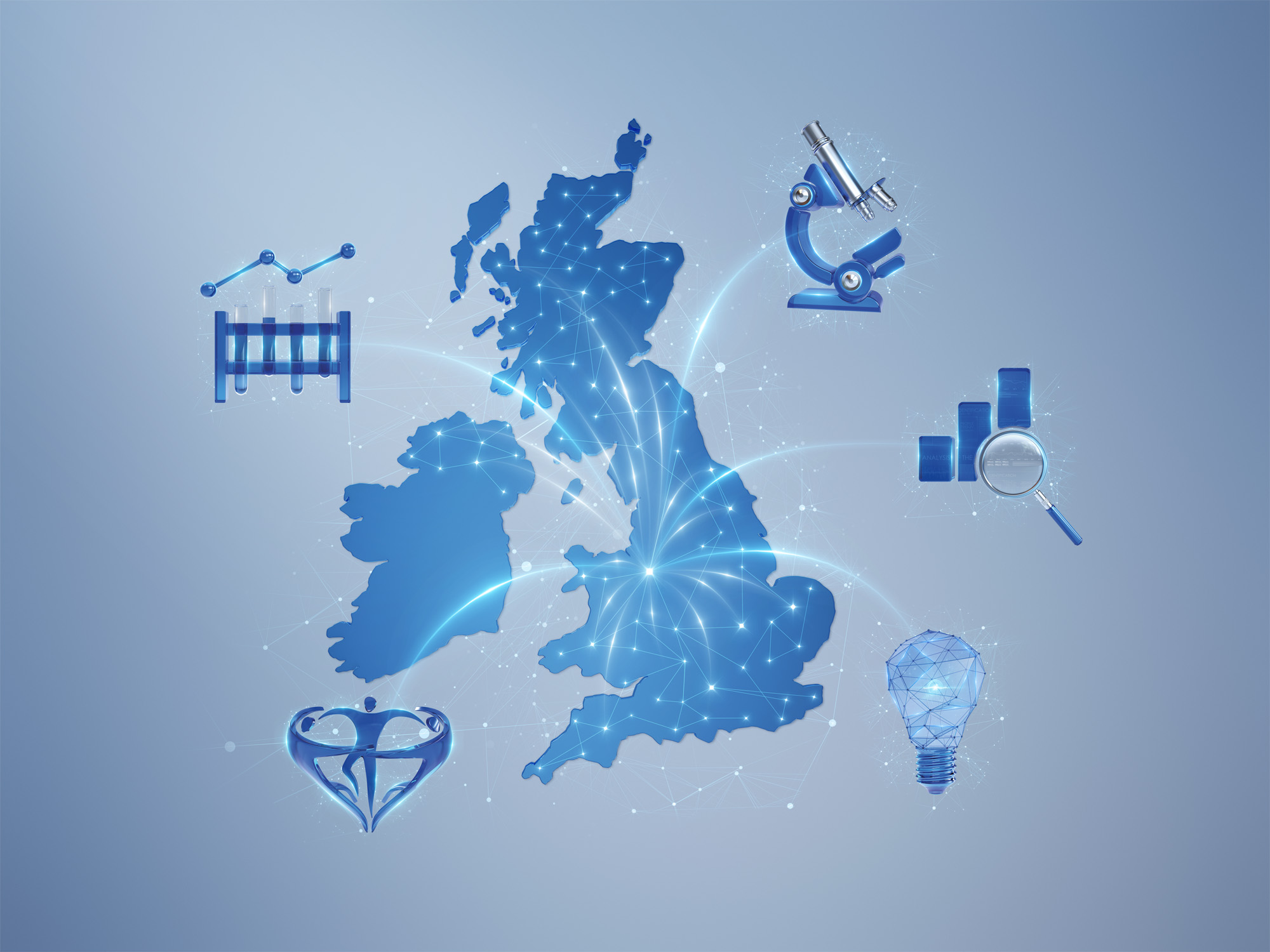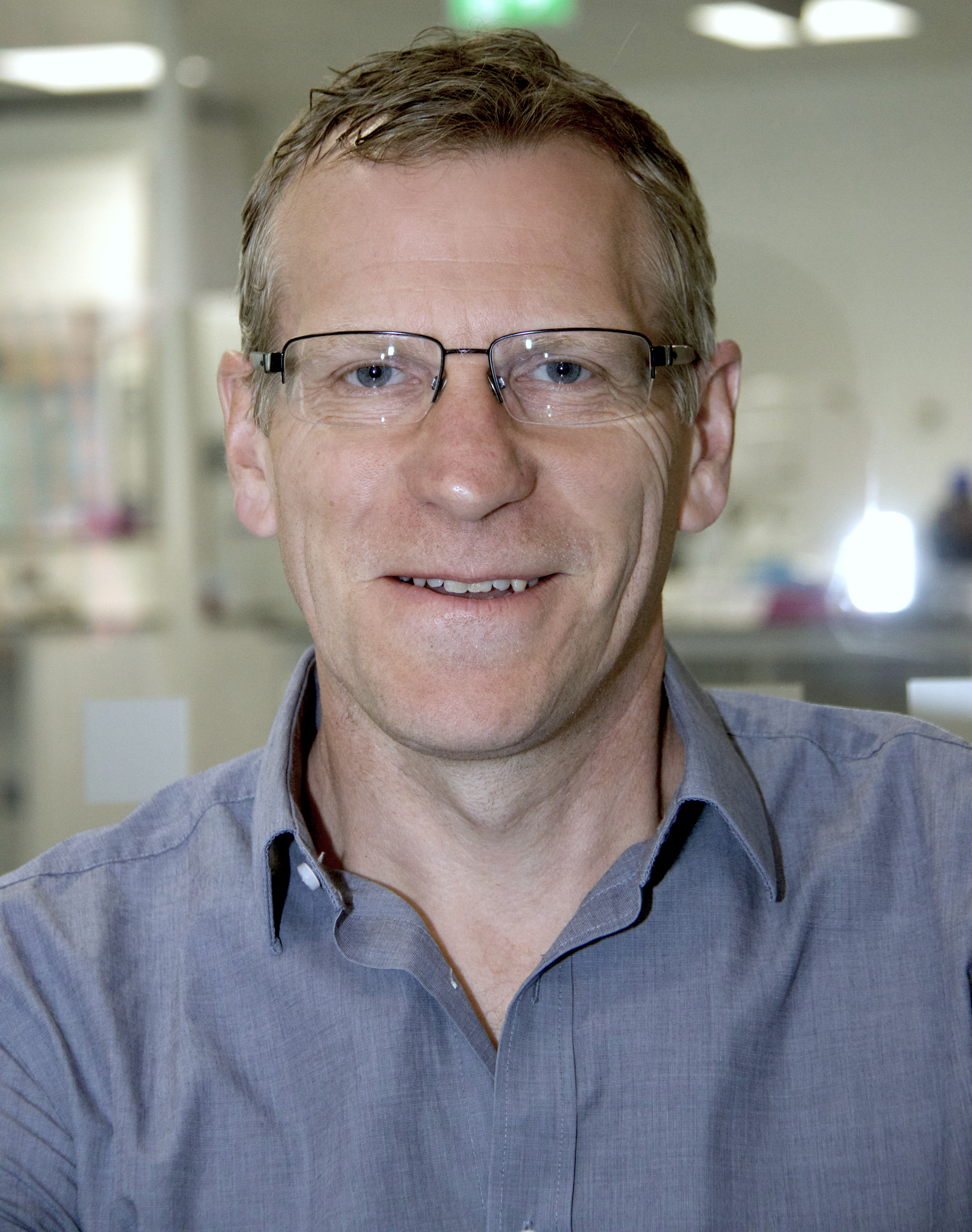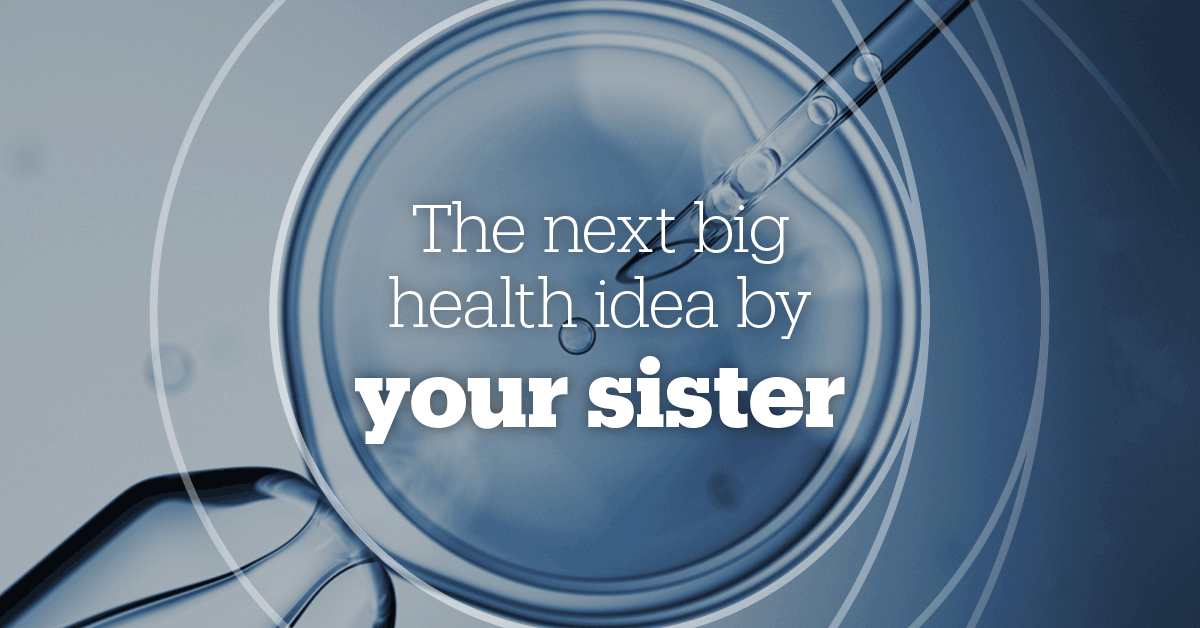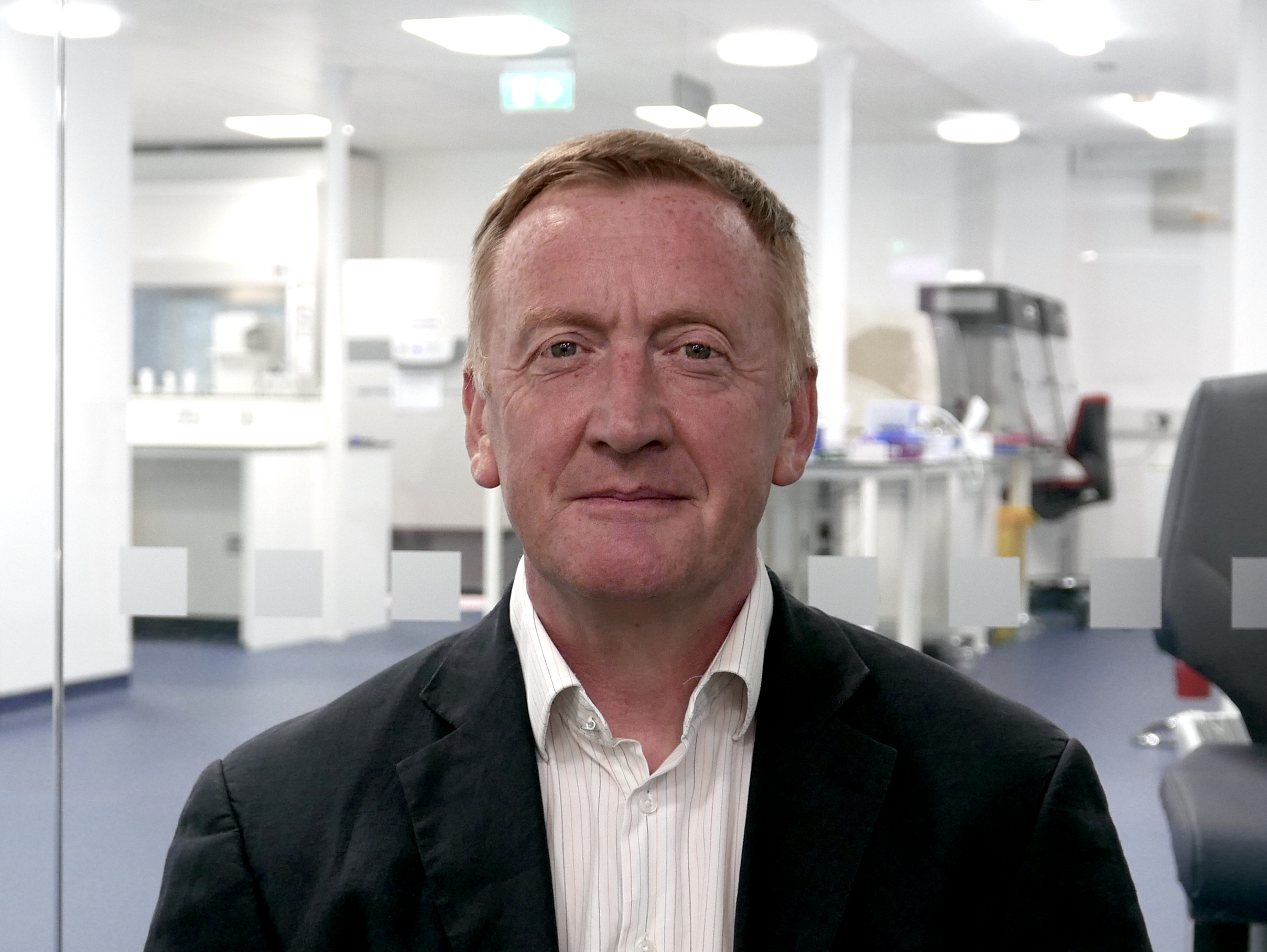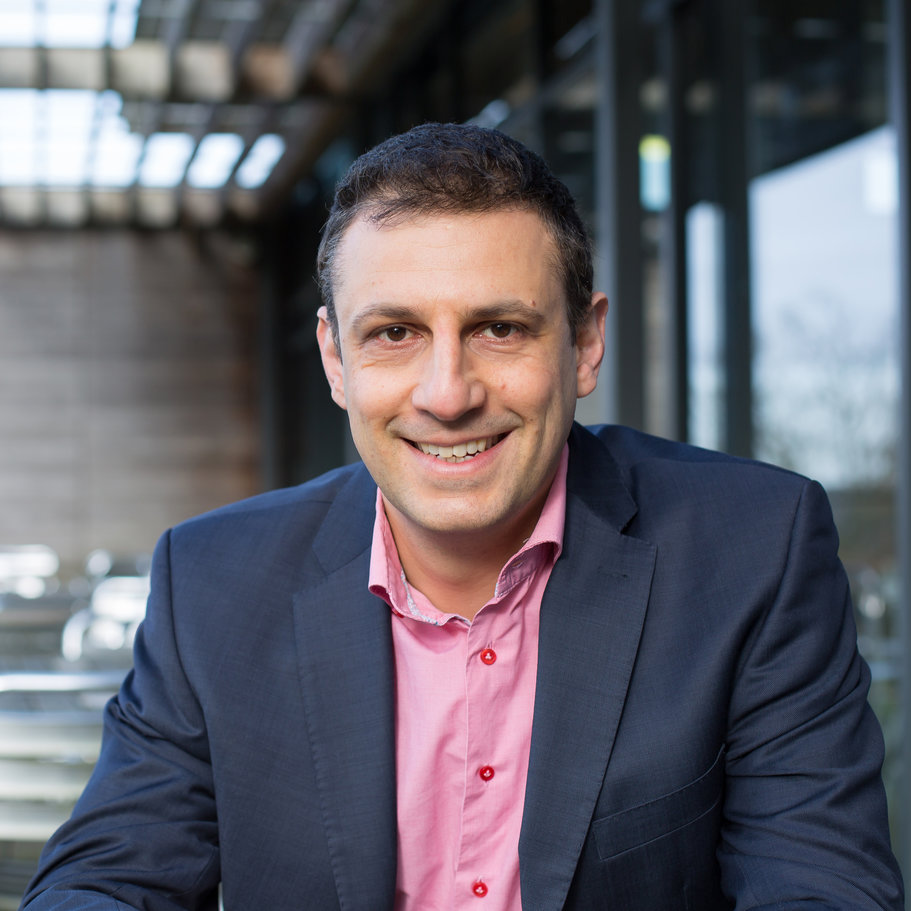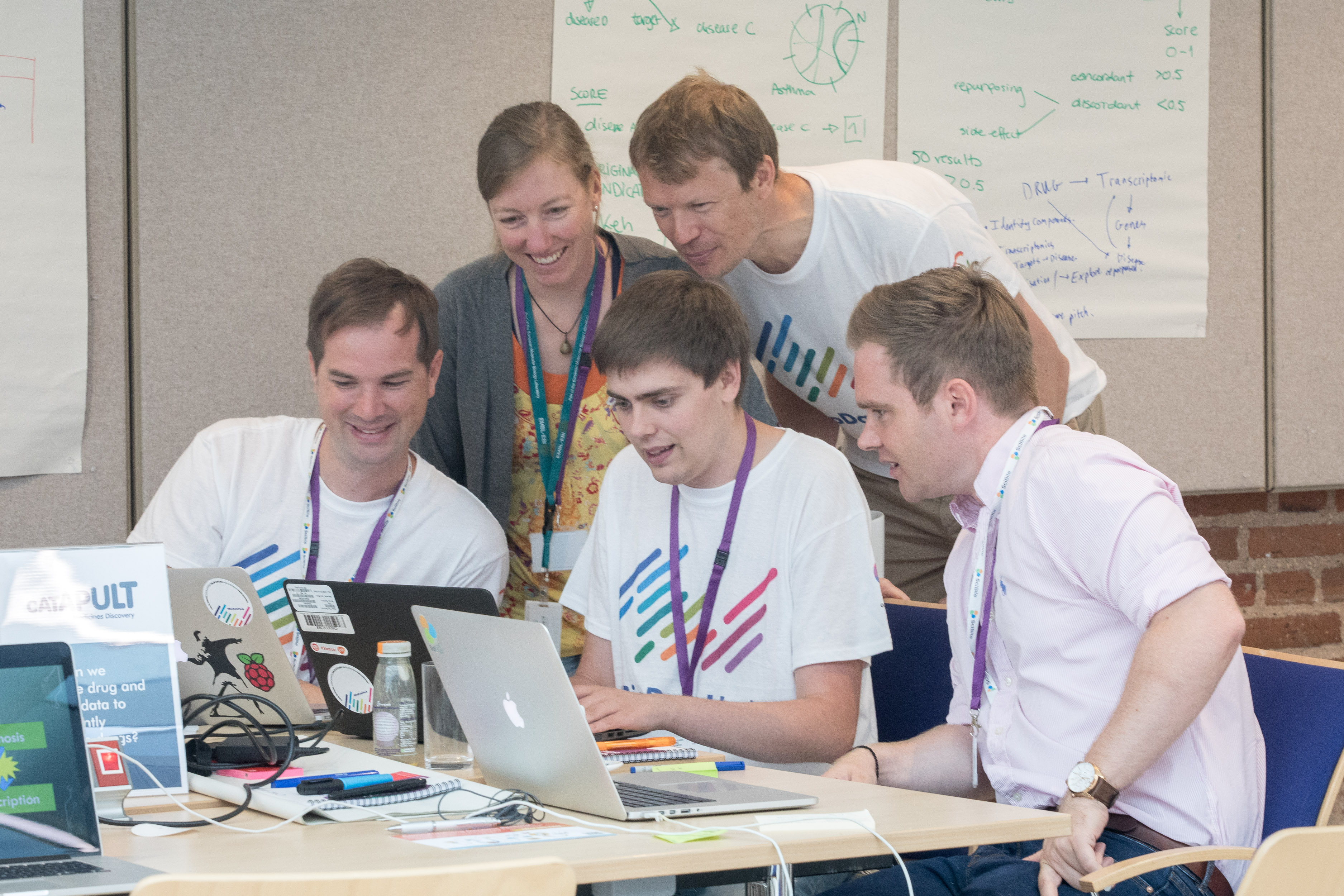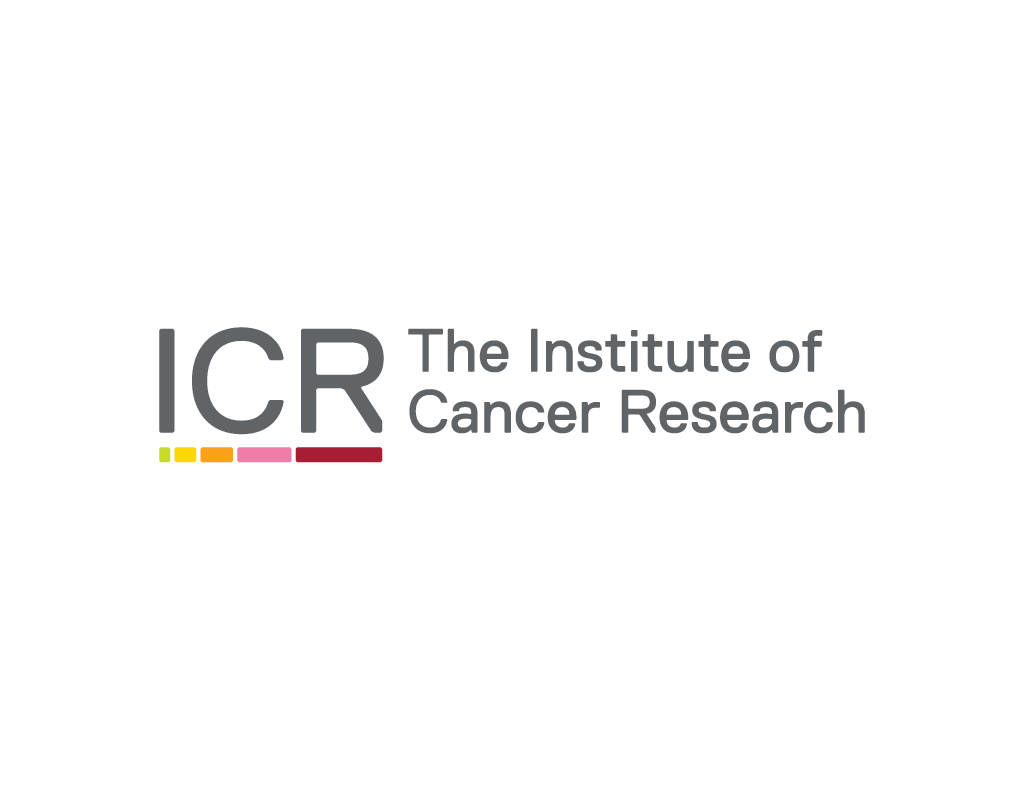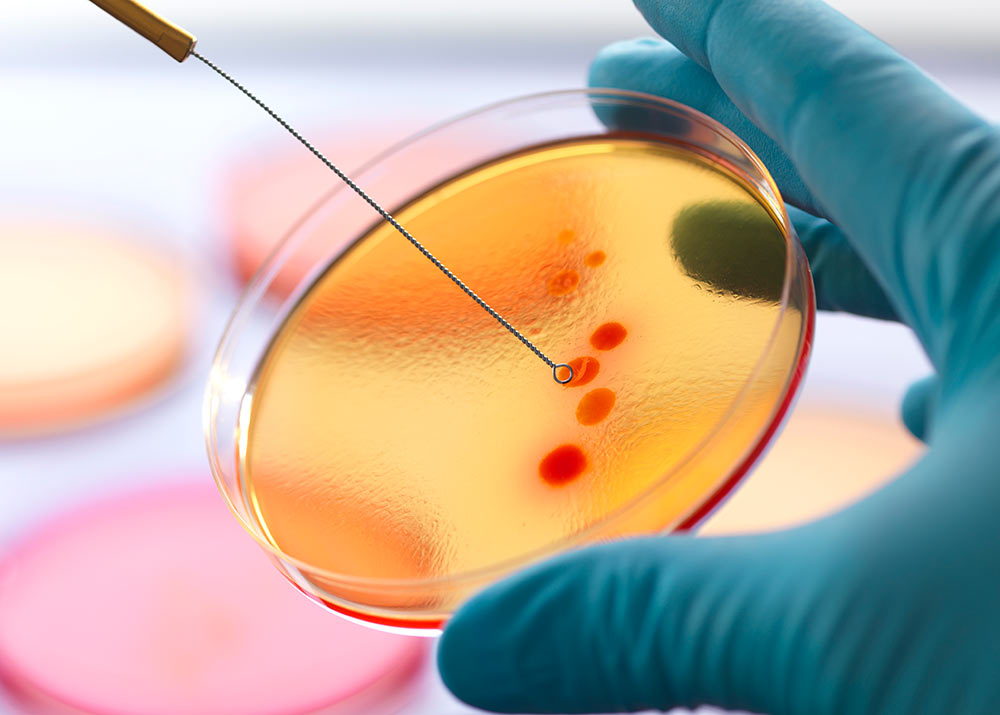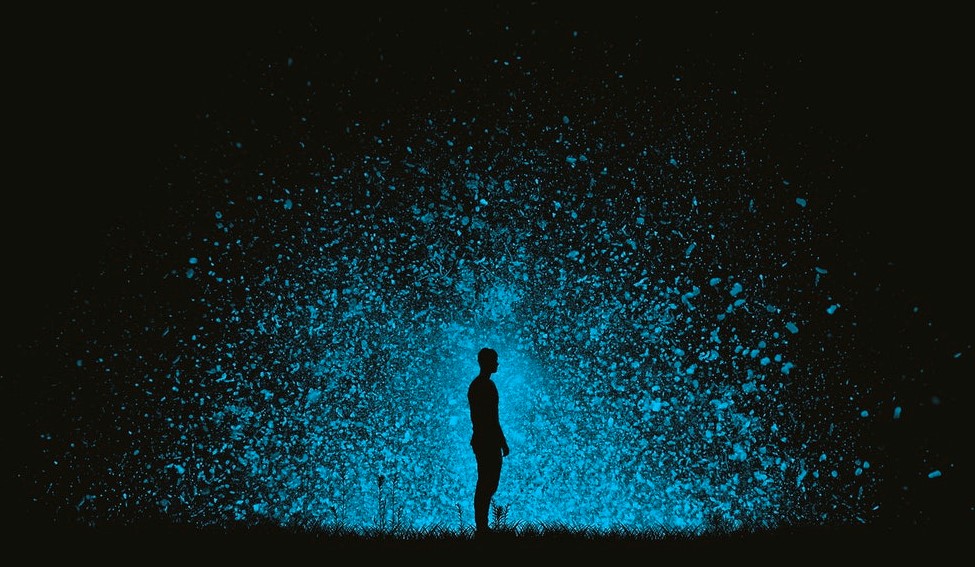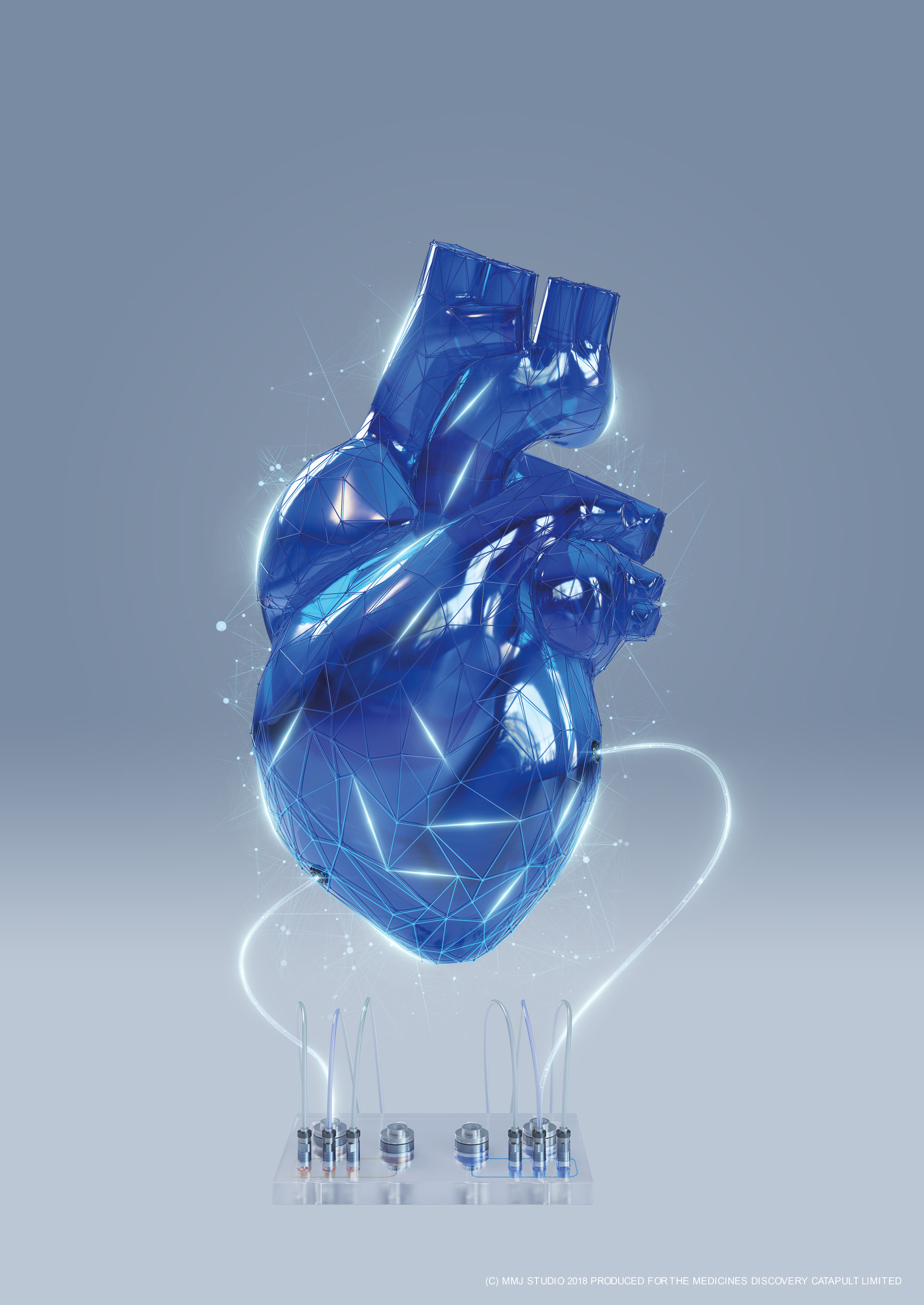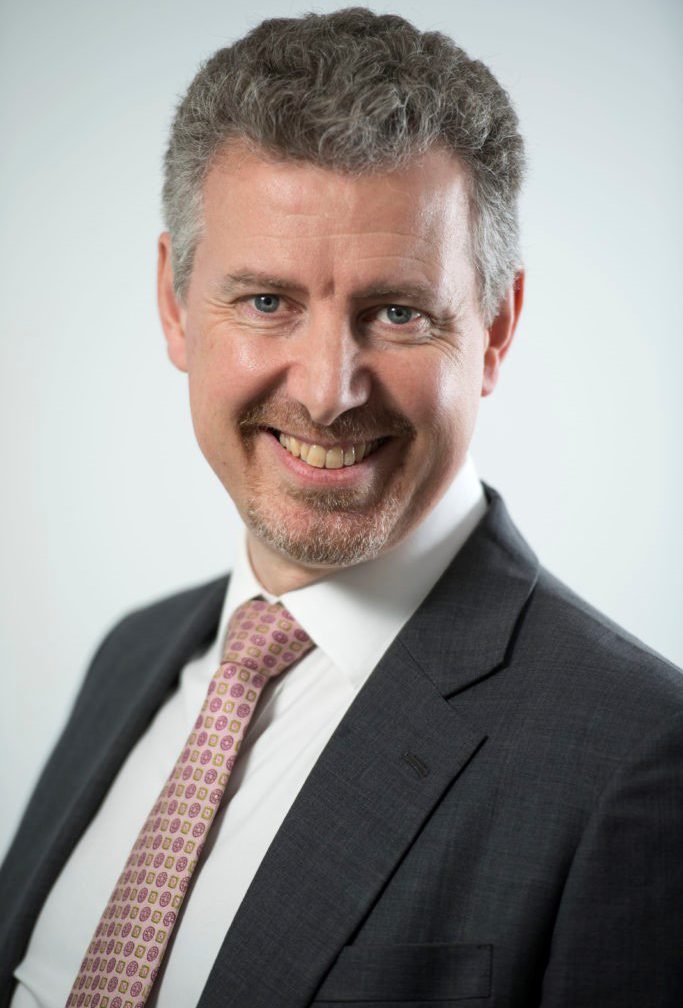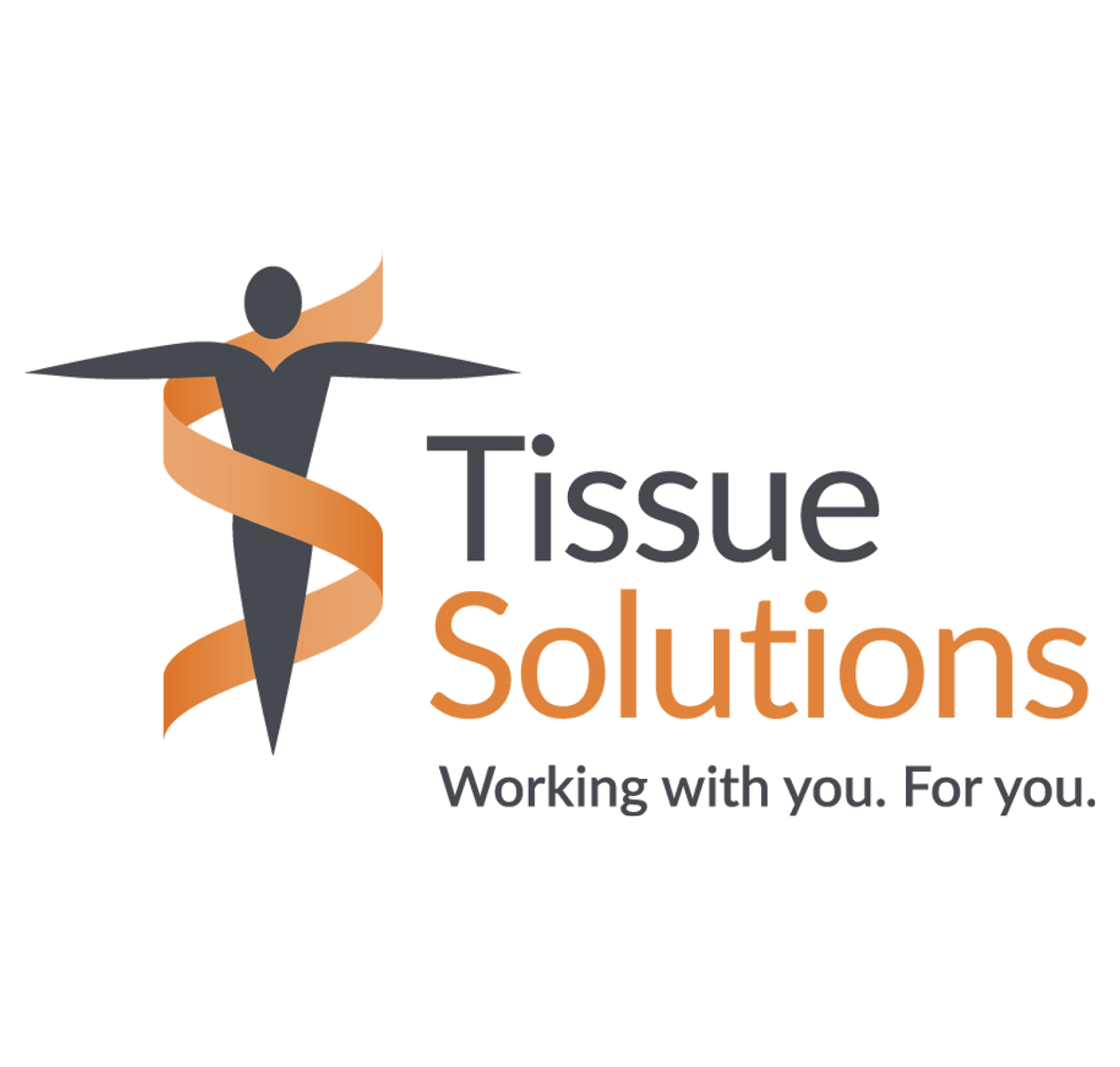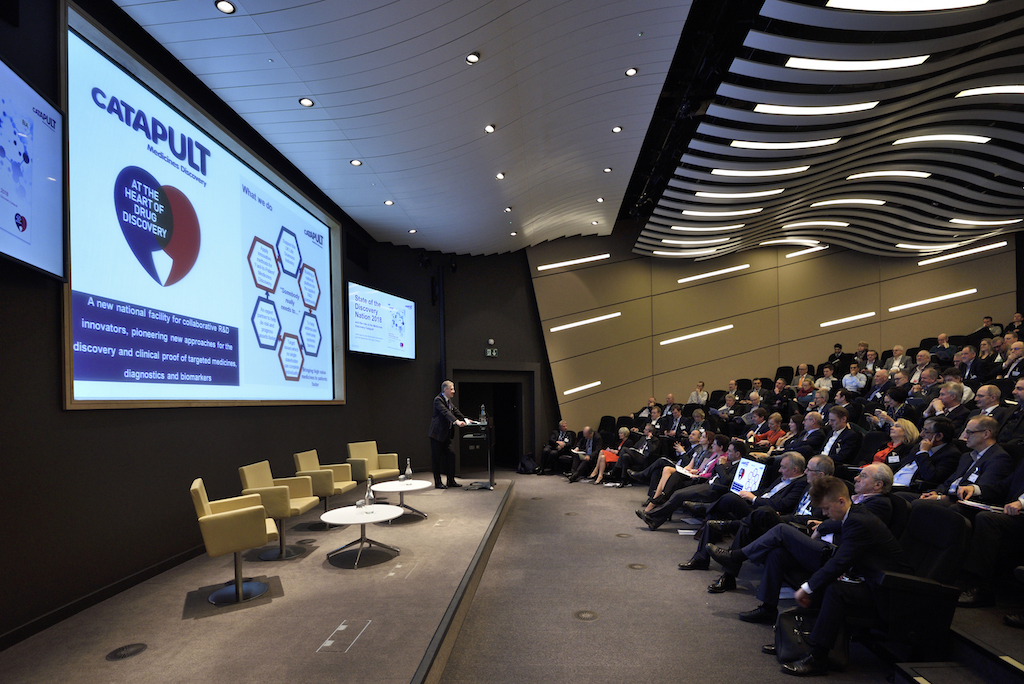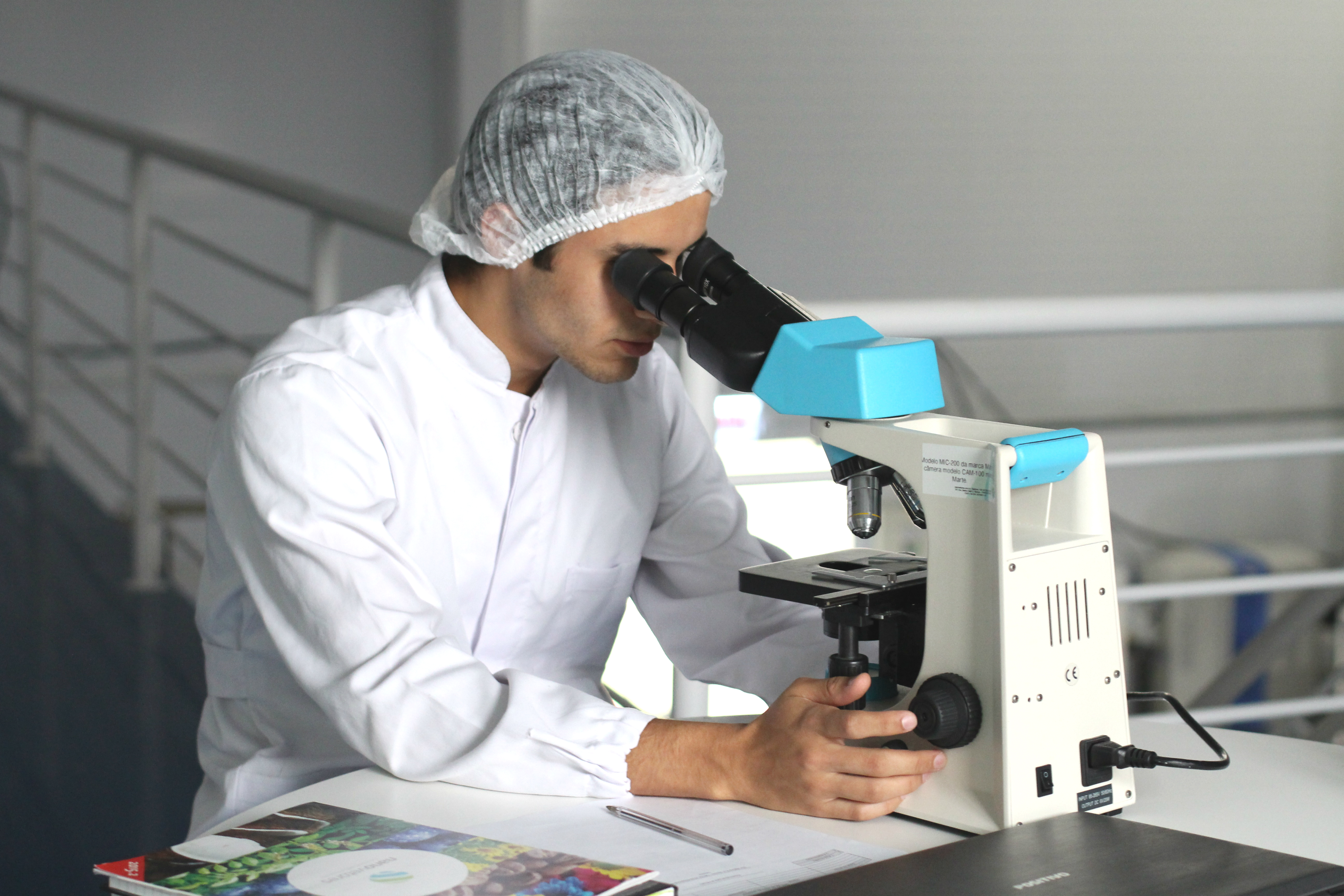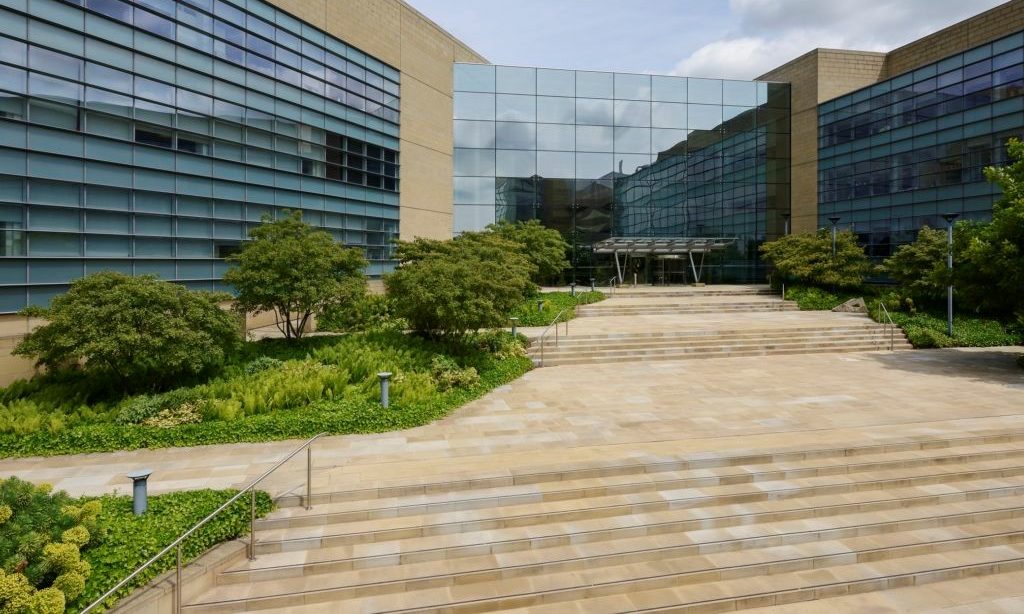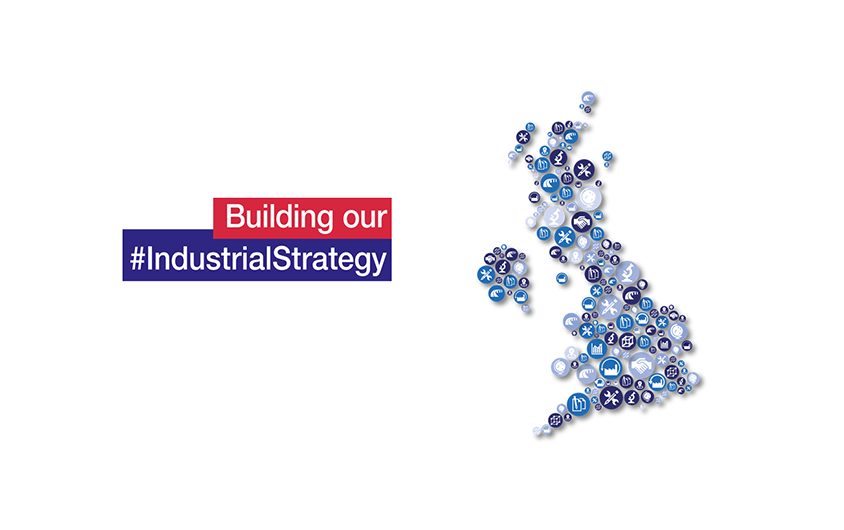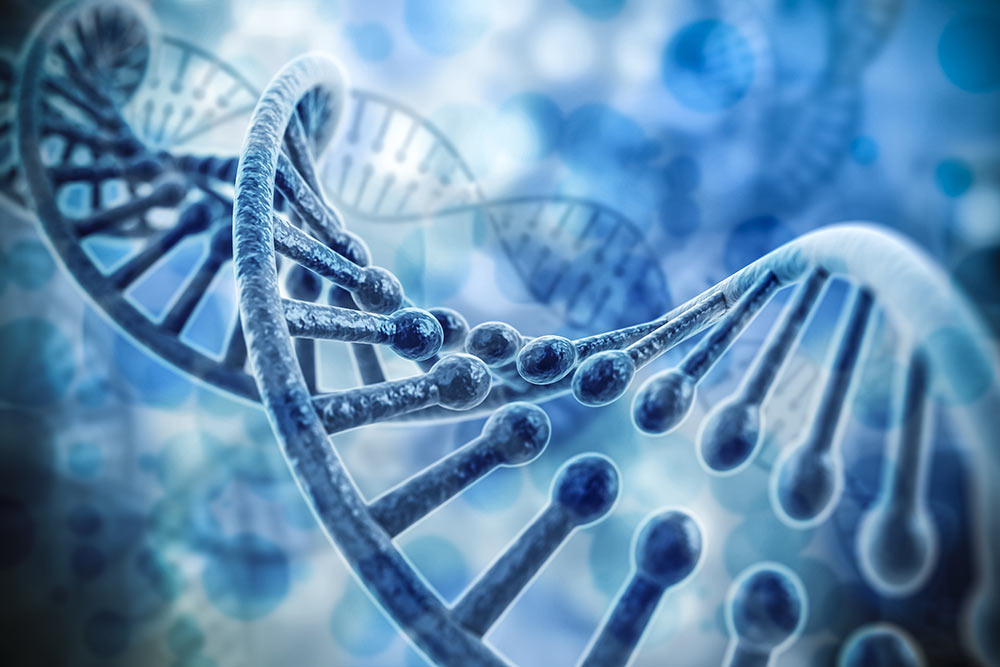Ahead Of International Day Of Women And Girls In Science, Three Covid Scientists Share Their Experience of Battling the Pandemic
From Lovelace’s mathematical genius, to Curie’s breakthroughs in radioactivity, women have undoubtedly played pivotal roles in pioneering scientific discoveries for centuries.
And although the 20th Century brought with it great improvements towards gender parity in the sciences, the glass ceiling still remains to this day, with women continuing to be underrepresented in STEM subjects in the classroom and the workplace.
According to UIS data, women make up fewer than 30 per cent of scientific researchers worldwide. Despite these statistics, progress is being made, especially in certain sub-sectors, such as the life sciences industry, where women make up 49 per cent of the global workforce.
Although the vital contribution women bring to the sector is evident during the Covid-19 pandemic, in advancing knowledge of the virus, it has also highlighted wider imbalances, such as representation in senior positions and pay disparity, which continues to be a global issue.
Against this backdrop, this year’s theme for the International Day For Women and Girls in Science (February 11th) will seek to champion individuals working in the sector in the fight against Covid-19.
Three British scientists based in the North West, Ms Aamina Ali, Dr Ana-Maria Tomova, and Dr Sarah George are doing just that; they’re at the coalface of the fight against Covid-19 – combining cutting edge technology and scientific rigour to beat the pandemic.
At varying stages of their career, they work for the Medicines Discovery Catapult (MDC) at its Alderley Park Lighthouse Laboratory in Cheshire, where they are part of the expert team delivering the largest diagnostic project in British history.
Ahead of International Day for Women and Girls in Science, MDC revealed the majority of the Alderley Park Lighthouse’s workforce is female (60%).
The Lab’s Chief of Staff, Sarah George, whose background is in medical research and research management, said:
“Our Lighthouse Lab now employs over 600 staff, the majority of whom are scientists – and 60% of them are women.
“We have female scientists at all stages of their careers working in the Lighthouse Lab, from undergraduate students taking a year out in industry, new graduates and PhD students who have paused their research during the pandemic, right through to highly experienced scientists with PhDs or clinical laboratory qualifications and many years of experience.”
“I think women are well represented at entry to mid-levels in life sciences, but if you look at who holds the more senior positions in the sector, generally, there are fewer women the higher up the career ladder you go.
“It is a really complex landscape with many contributing factors impacting the wider sector’s imbalance – a big part of which is a lack of senior female role models. That’s why it’s vital for us to celebrate days like these; in giving recognition to the nation’s female scientists, and especially those leading the fight against Covid.
“It’s also about recognising the value that diversity brings to projects and businesses more broadly. There is evidence that diverse groups of people working together achieve better results; women and men with a range of backgrounds (both professional and personal), bringing their own experiences and skills to contribute different points of view.
“Today, we’re celebrating that diversity and recognising all the incredible female scientists at our Lighthouse Lab who are applying their scientific skills to Covid-19 testing and supporting the national response to the pandemic.”
With a background in biomedical science and research, Ana-Maria Tomova has a PhD in Cell and Molecular Biology and is currently a Bioscience Lead at the lab. She said:
“My role involves the day to day management of the labs to ensure we can process the 50,000 samples safely and accurately as possible every single day.
“Our team really is the epitome of ‘shift group goals’! We bounce off one another’s backgrounds and specialisms, for the greater goal in making sure we can apply actionable science at scale.”
“Although it’s not as male-dominated as what it once was, I do hope more girls consider a career in the sector as an attainable one. I’m really proud that my daughter thinks it is “awesome”, although she prefers astrophysics to cell and molecular biology, would you believe!”
Aamina Ali’s role is to extract the RNA genetic code from samples. She is at an earlier stage in her career and is passionate about encouraging other women into the industry. Aamina said:
“I manage a workstation which deals in extracting RNA from patient samples, which we then analyse in the PCR machine, so we can spot those who are infected with Covid and need to isolate.
“I recently graduated with a Bachelors degree in Biomedical Sciences from the University of Manchester, and since joining the lab, I’ve loved working with the variety of individuals and backgrounds across the Lighthouse Lab. Although we all have different specialisms, we’re connected by the same common cause and our resolve to help battle the virus.
“If I had any advice to those entering the industry, it’d be to truly throw yourself into the sector. The life sciences sector is a real broad-church, so there’ll be a specialism and a place for everyone out there. I’d also suggest they ignore the stereotypes that it might not be for them, or that it’s male-dominated. It would be excellent to give more girls and women greater resolve to keep the industry going in the right direction, and we’ll need youngsters just like them to truly realise that and pursue their passions.”
To mark International Day of Women and Girls in Science, MDC are highlighting some of the MDC and Lighthouse Lab women who play a vital part in making drug discovery happen. You can find out more here.


